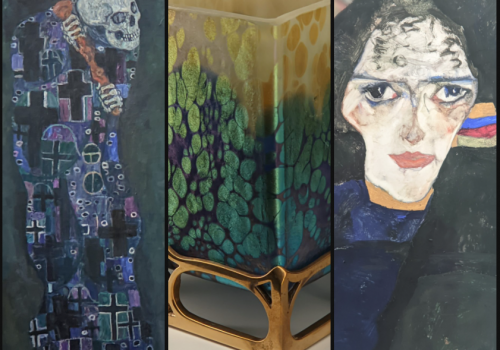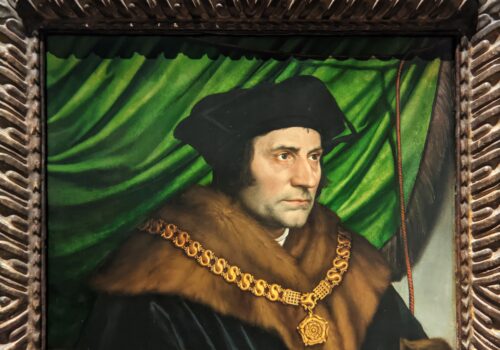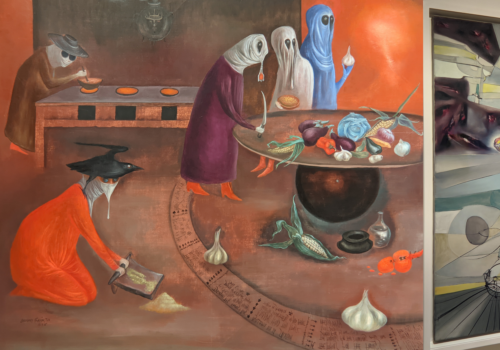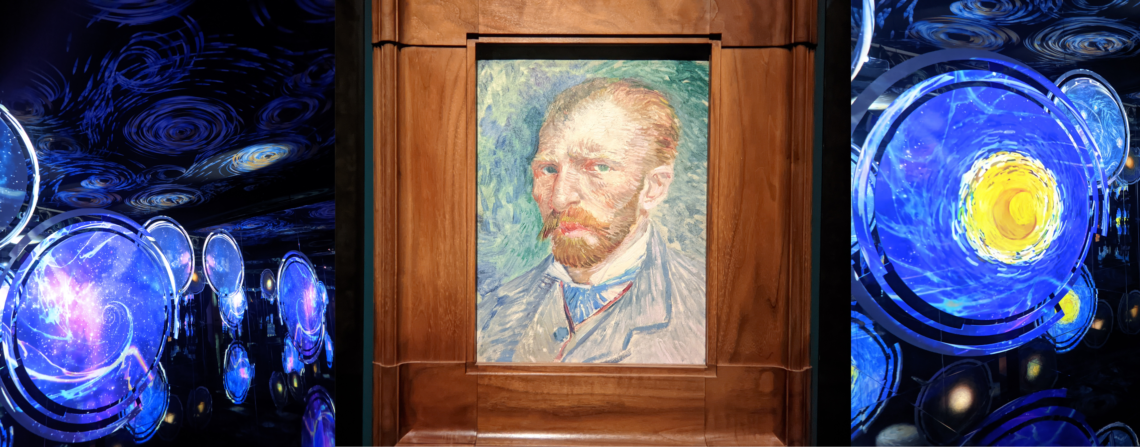
Excellent Van Gogh Paintings & the Beautiful Colors of Rome
You cannot go wrong when planning to see an exhibition devoted to art created by Vincent van Gogh — your only valid complaints could be that the show is too small, or perhaps covers only one tiny facet of his remarkable career.
We begin by visiting a small exhibition featuring landscape paintings by Vincent van Gogh (and four other contemporaries of Vincent) which was on view at the Art Institute of Chicago until September 4, 2023. Then we’ll review venues for art shows in Rome, and finally we will present to you our design for a compact walking tour of the Italian capital.
Here are some highlights from the Chicago exhibit entitled VAN GOGH & THE AVANT-GARDE: THE MODERN LANDSCAPE.
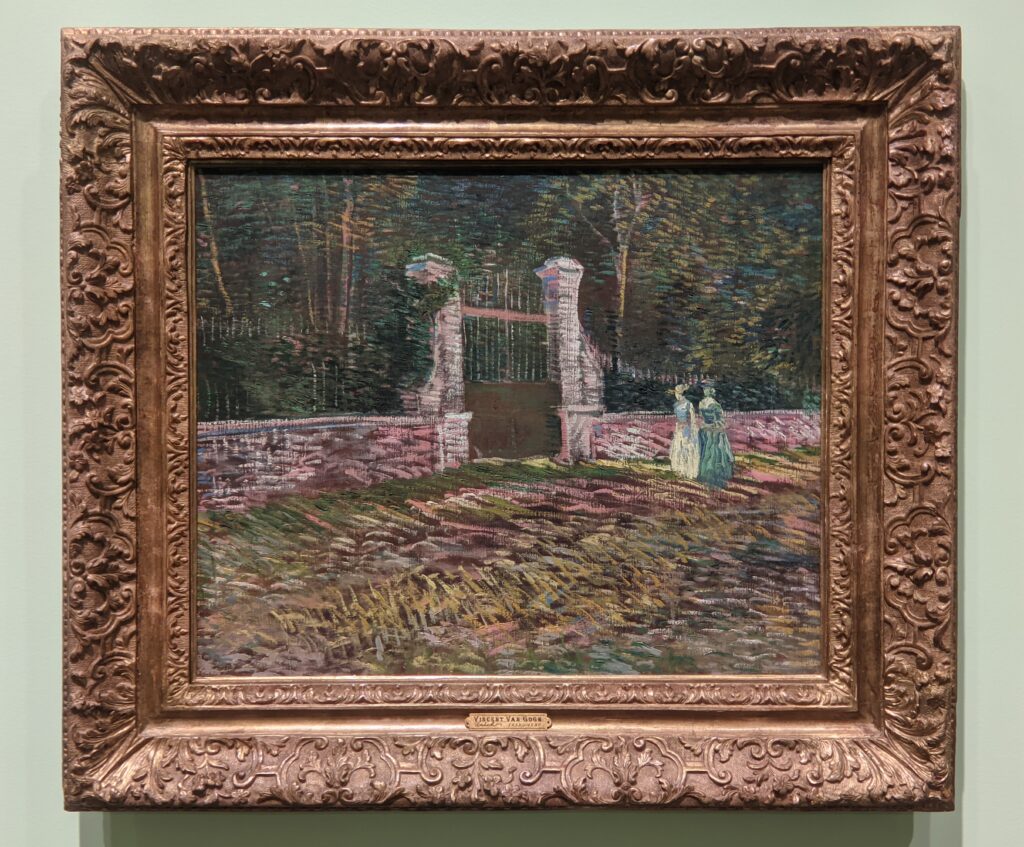
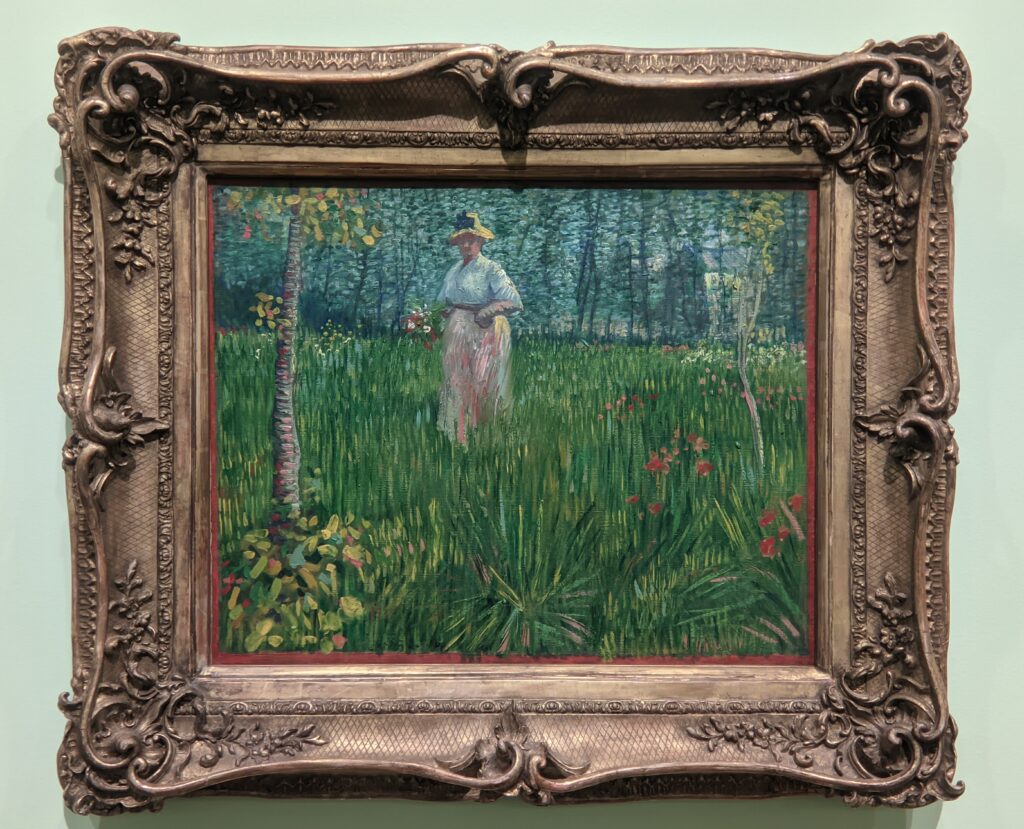


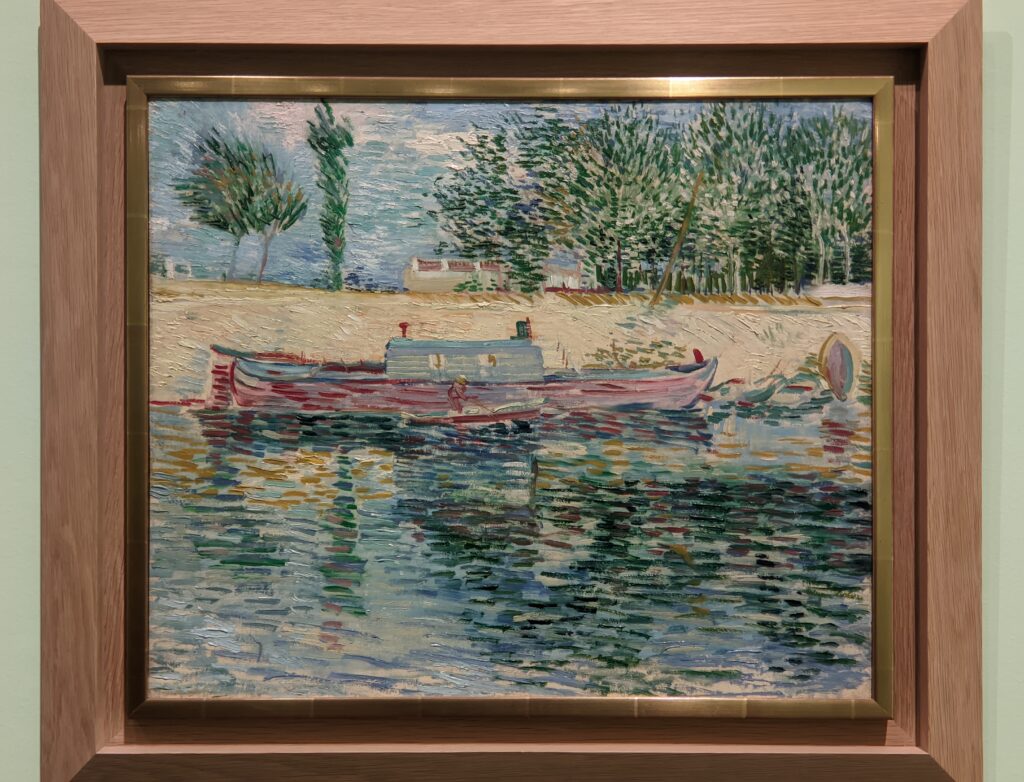
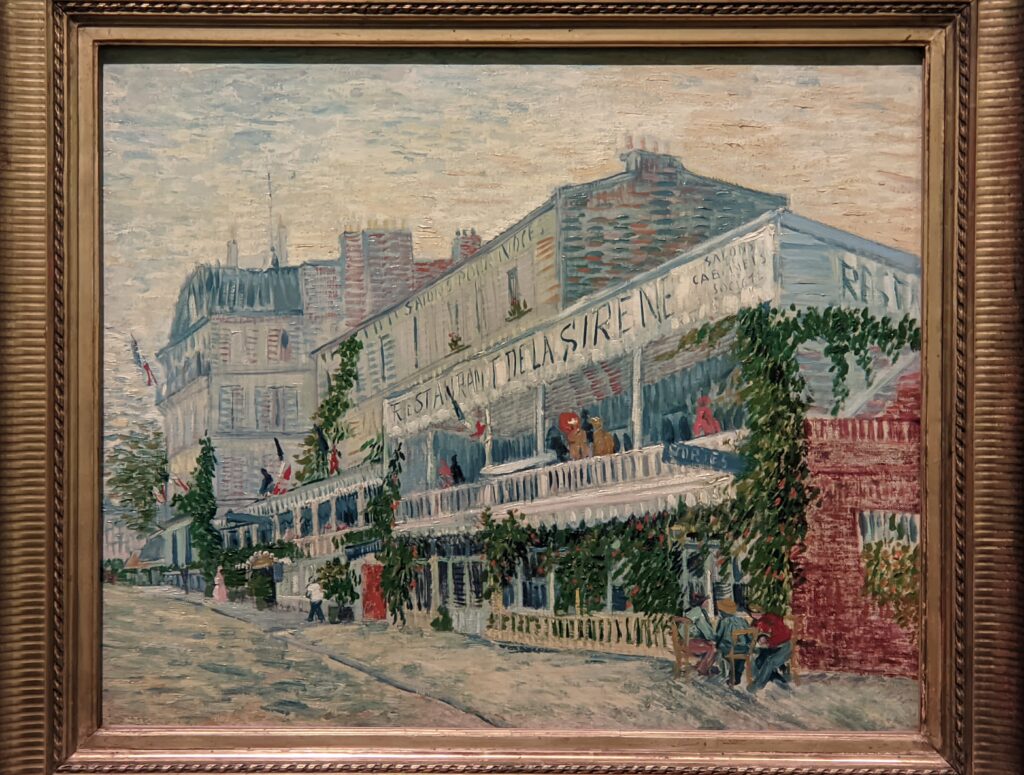

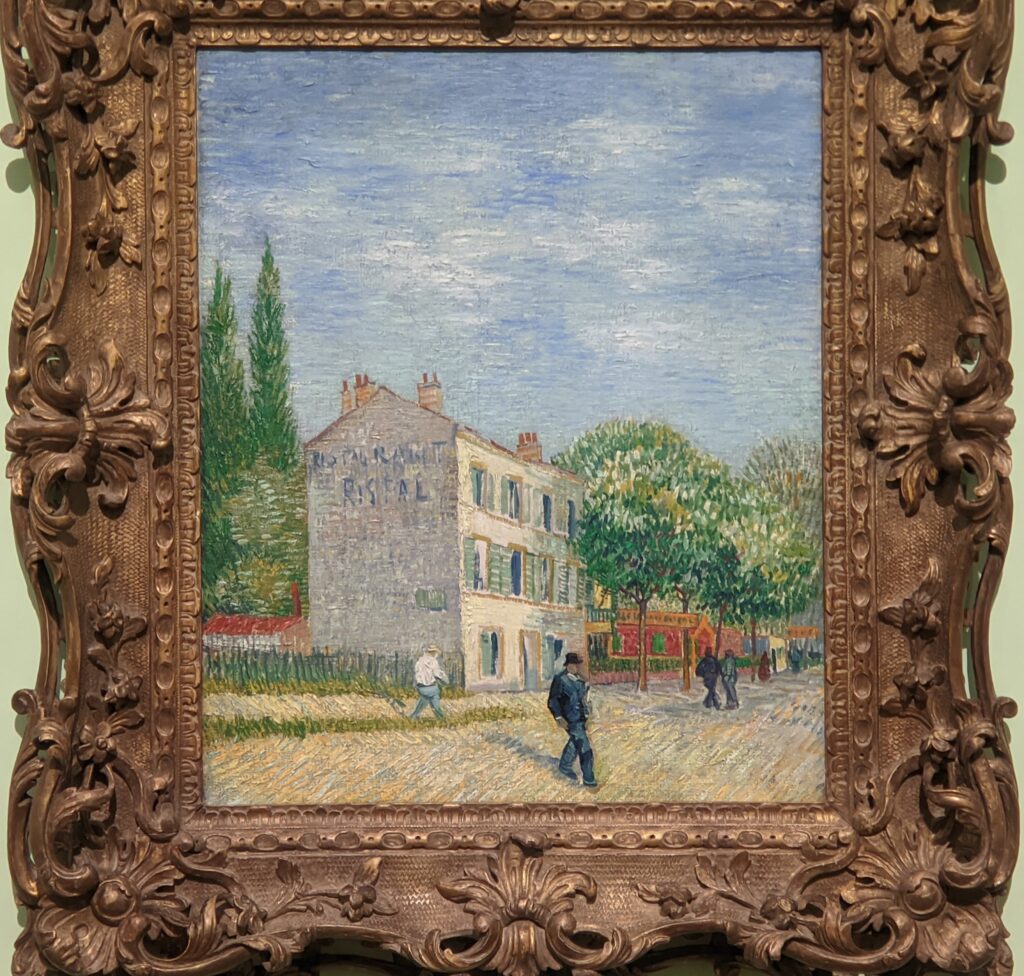
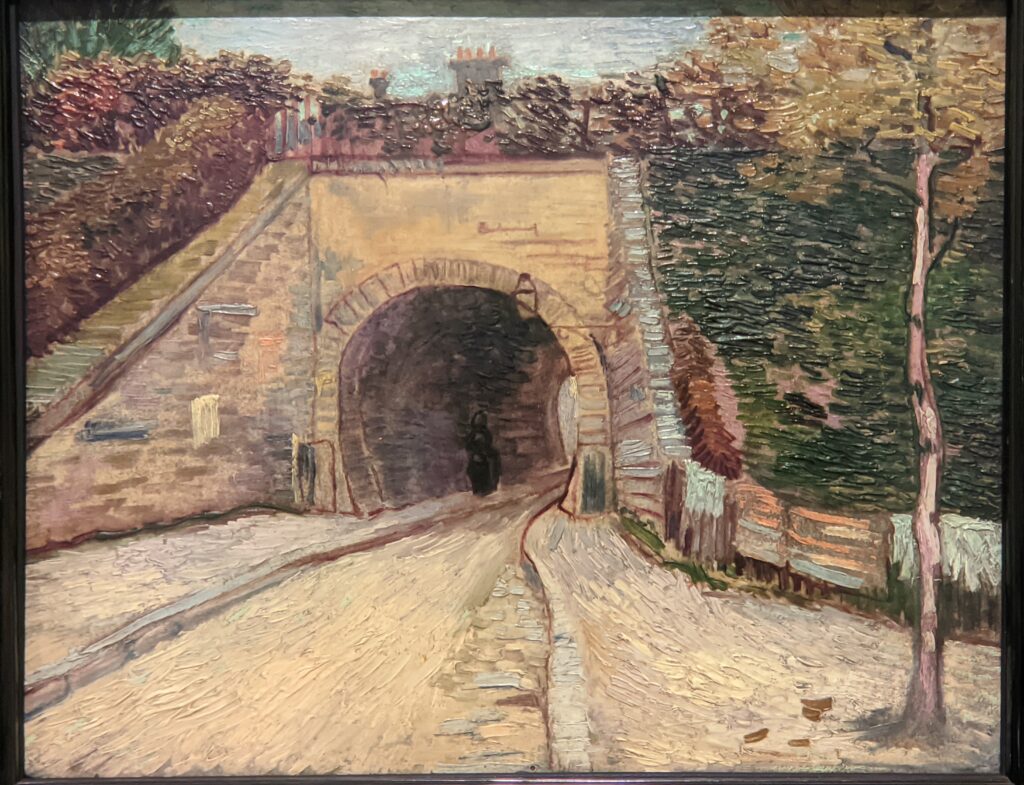


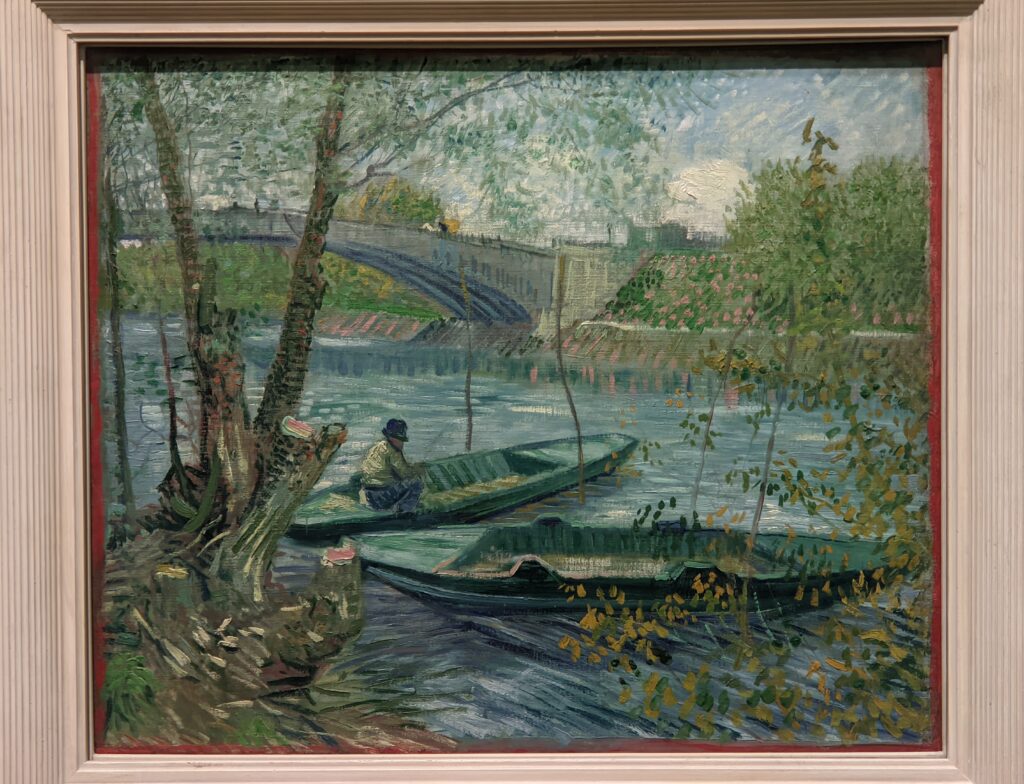

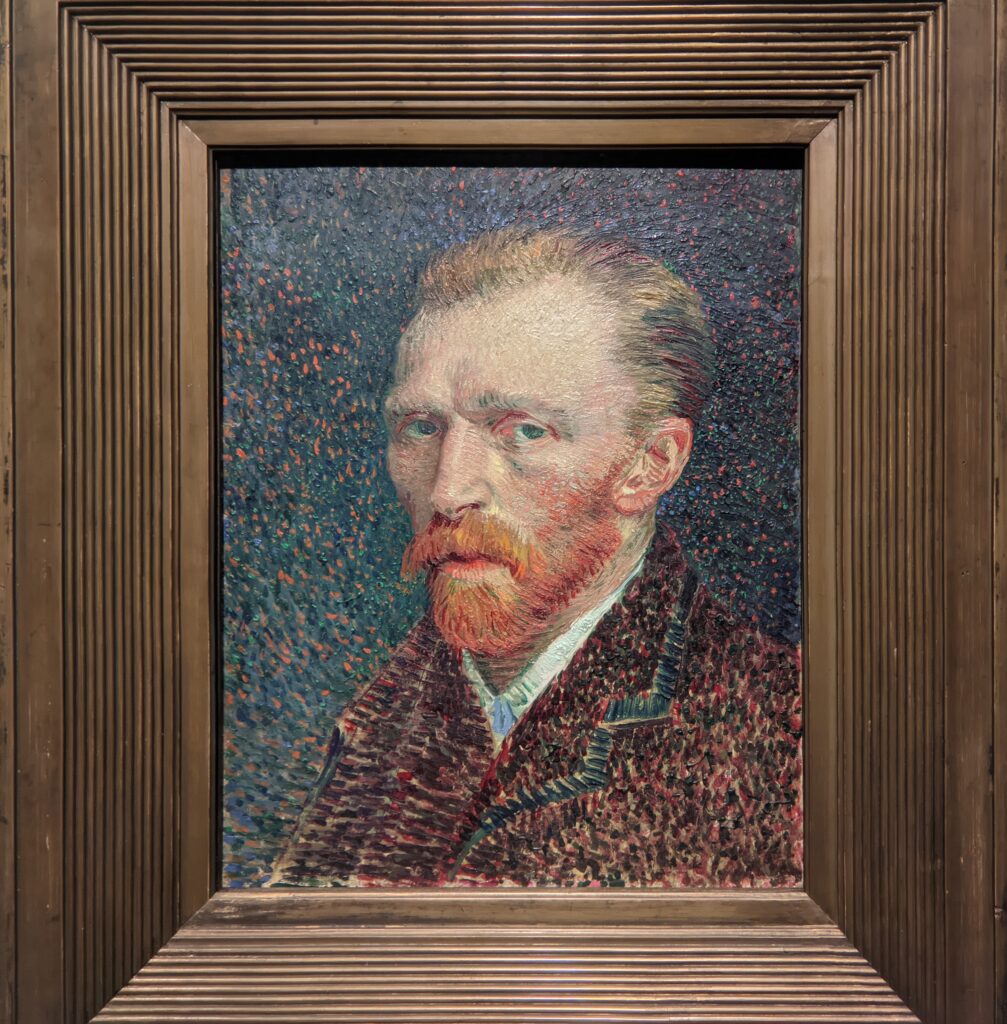
Masterpieces by Van Gogh from the Netherlands Were Shown in Rome at the Palazzo Bonaparte
The display of Vincent’s graphic works and paintings which were presented at the Palazzo Bonaparte in Rome through March 26, 2023 was more than twice as large as the Chicago exhibit, featuring 50 — 60 works of art by Van Gogh. The good news from Rome was that every branch of Vincent’s brief, powerful career was represented by high-quality art lent by the Kröller-Müller Museum in Otterlo. If you are unfamiliar with the fine collection of the Kröller-Müller (located 100 kilometers east of Amsterdam in De Hoge Veluwe National Park outside Arnhem) then you have previously seen only one or two of these 50+ masterpieces on public view. In addition, after we enjoyed viewing this revelatory Van Gogh exhibit in Rome, it was easy to explore the city of Rome itself and visit other venues of art, such as the Palazzo Cipolla which presented the art of Raoul Dufy through February 26, 2023.

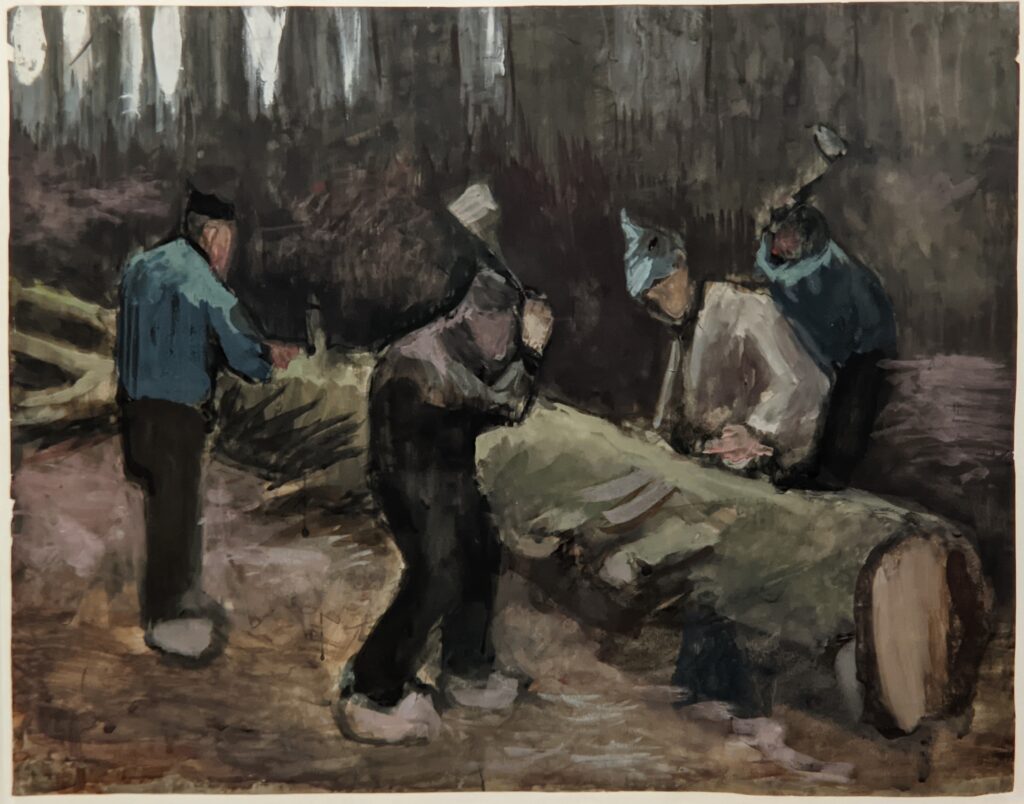
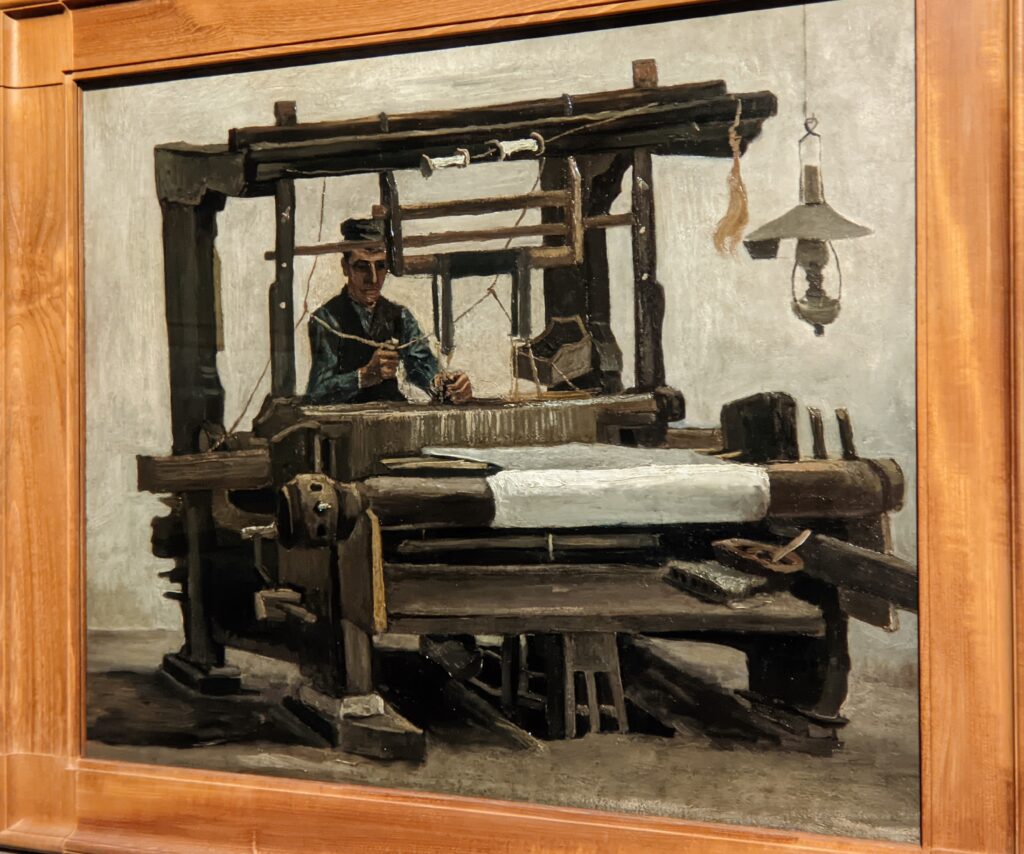
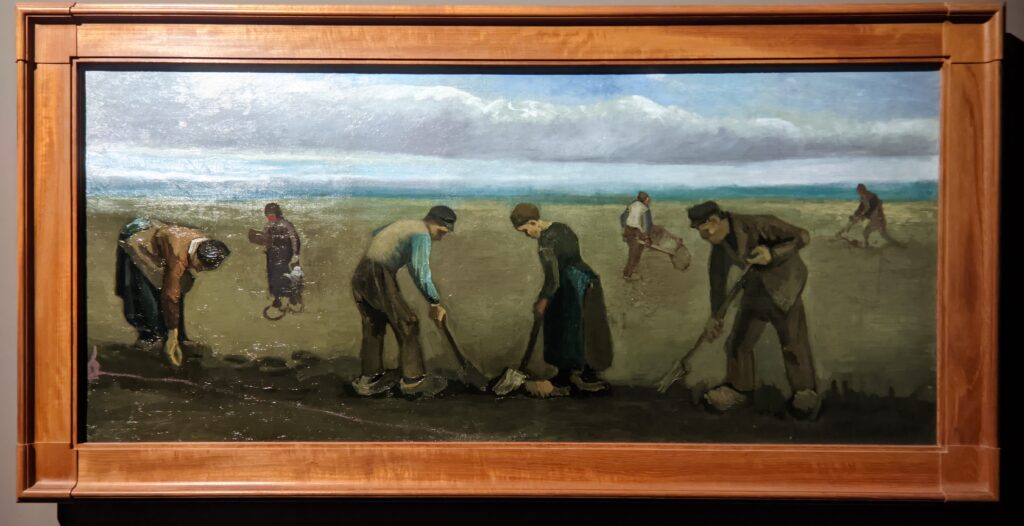
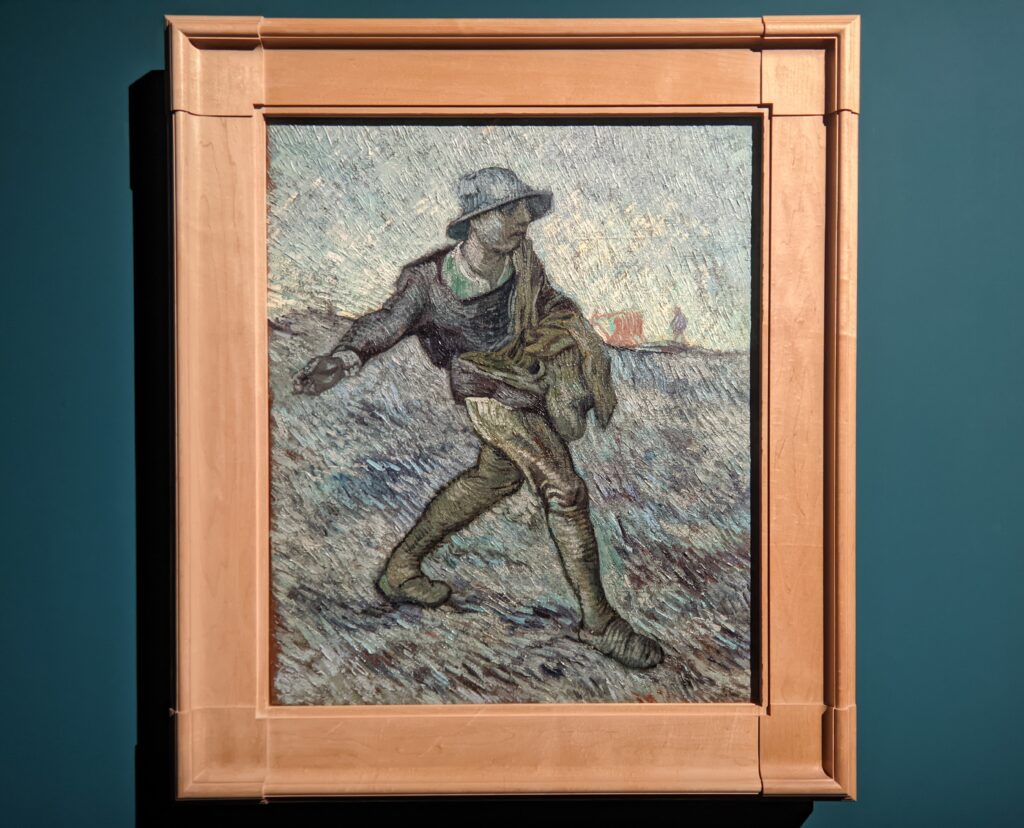
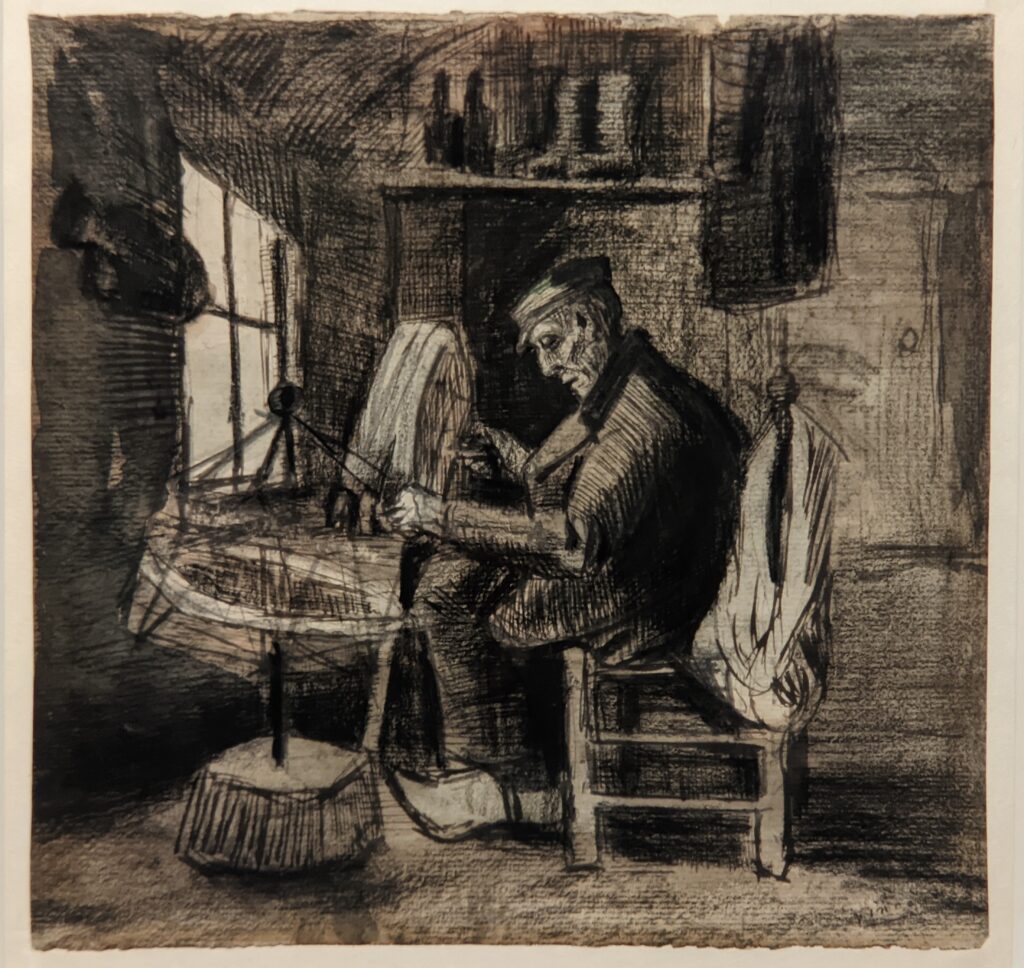
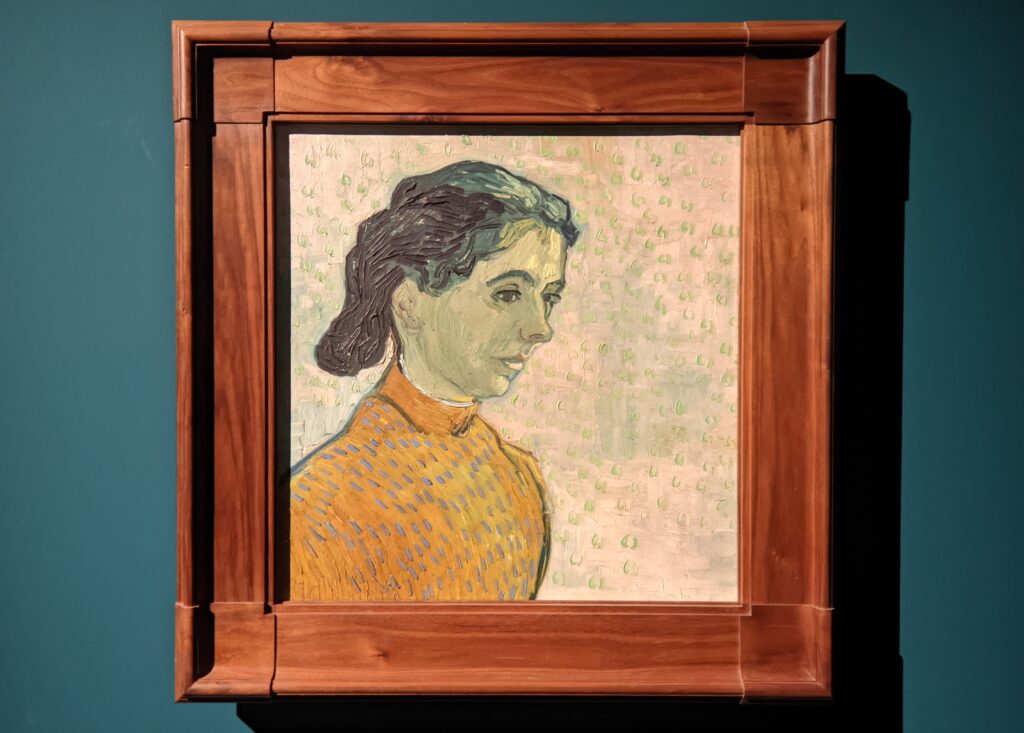
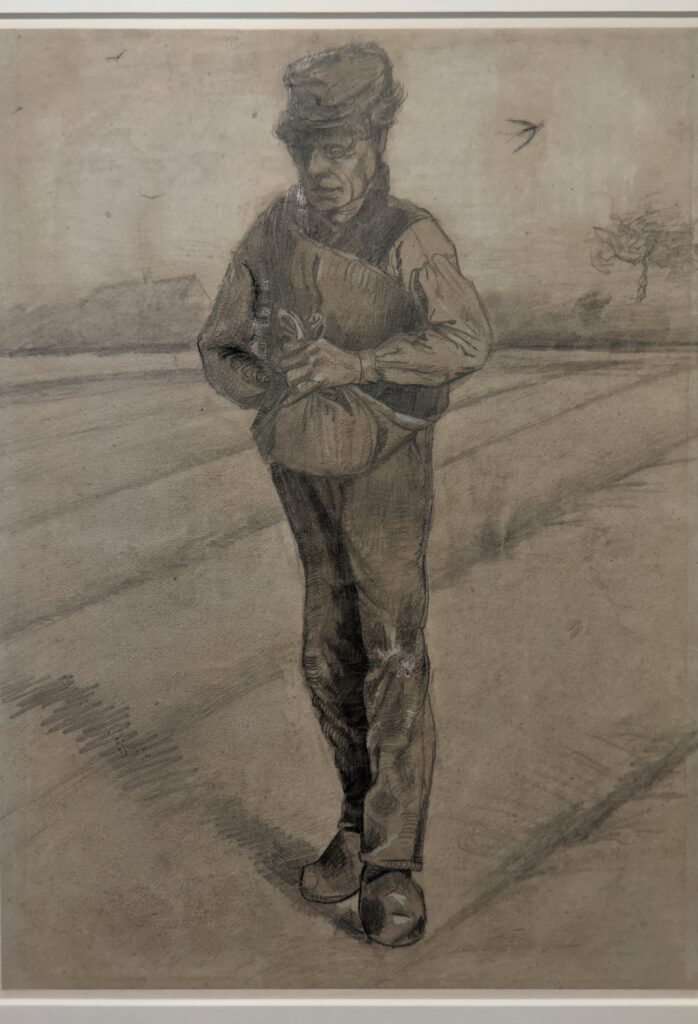

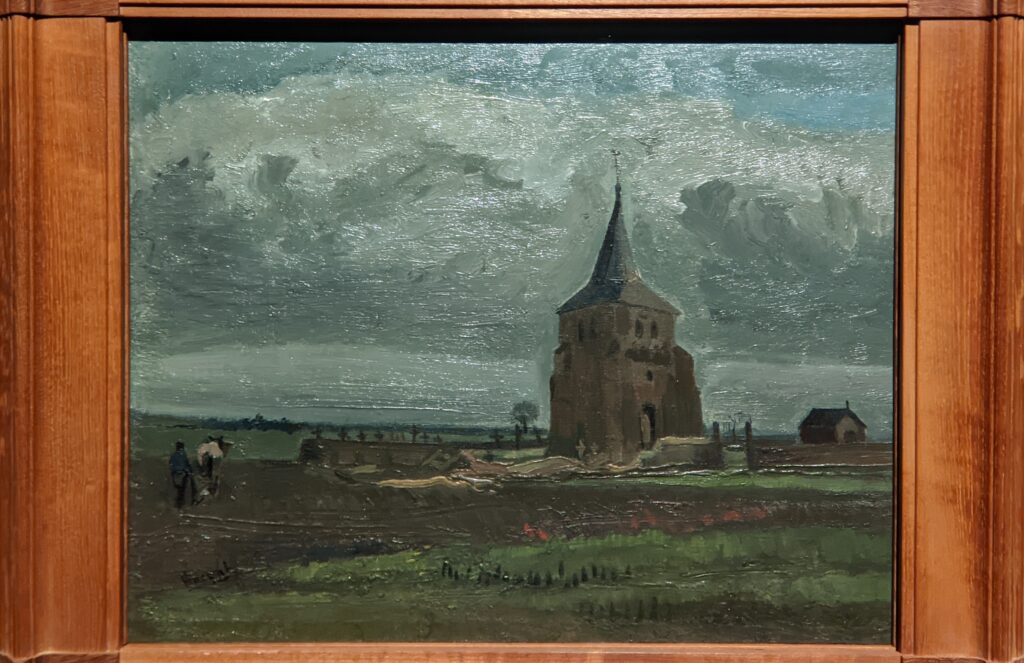
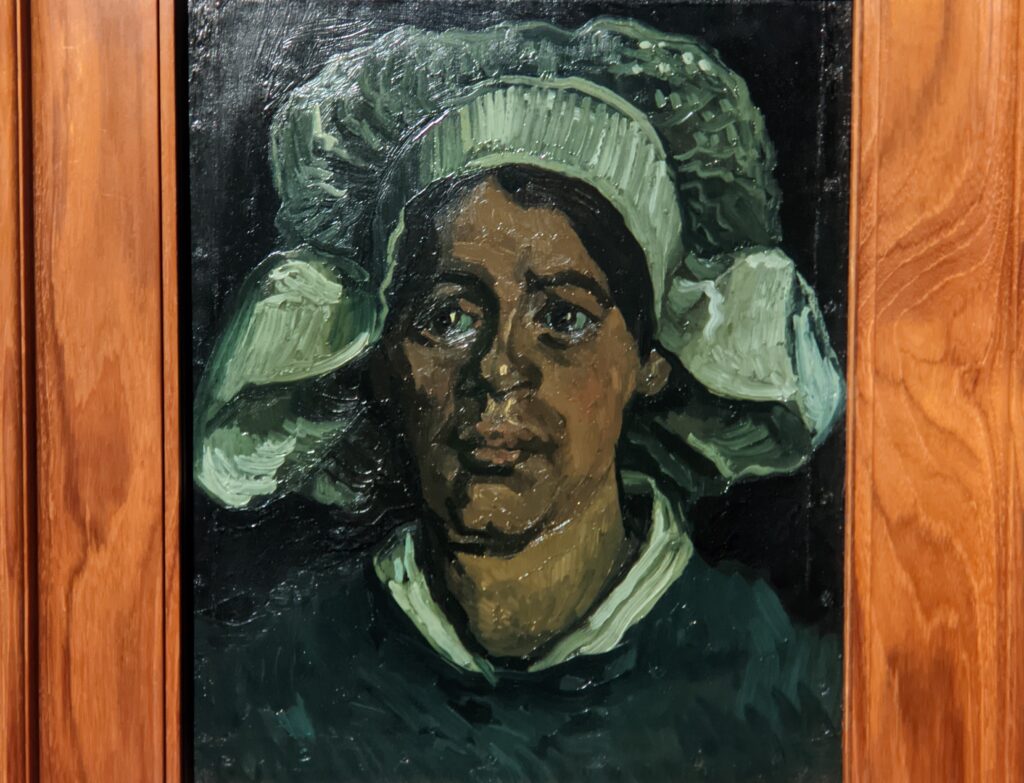


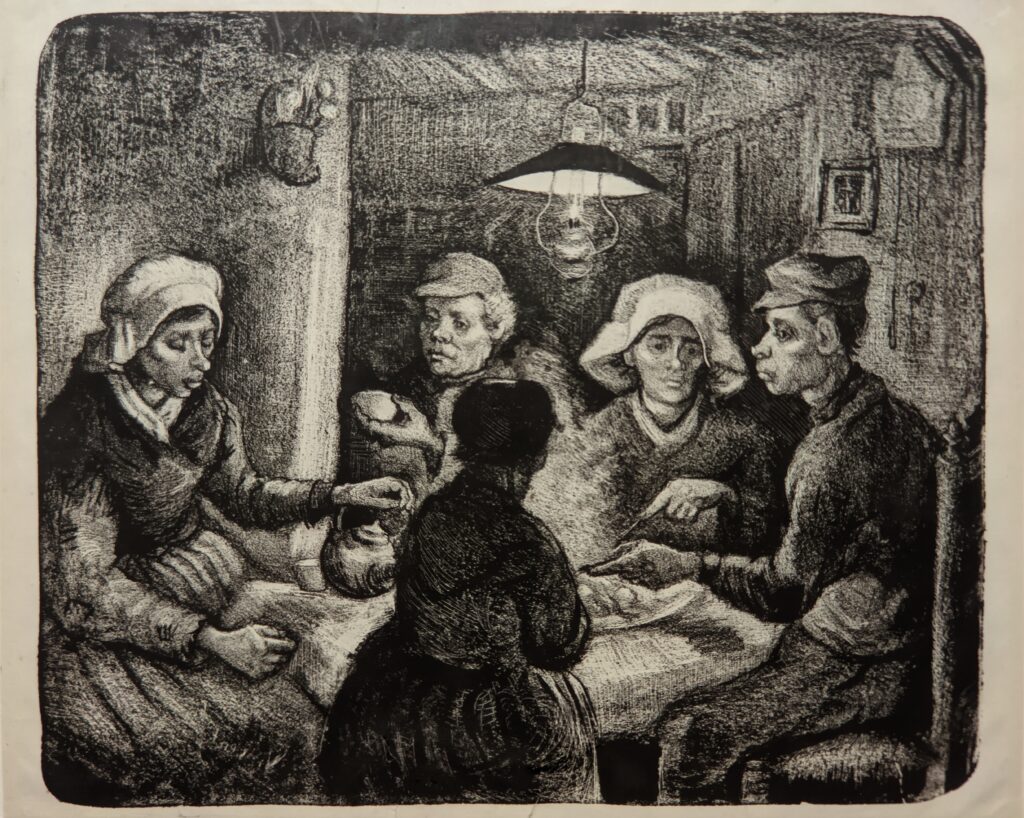
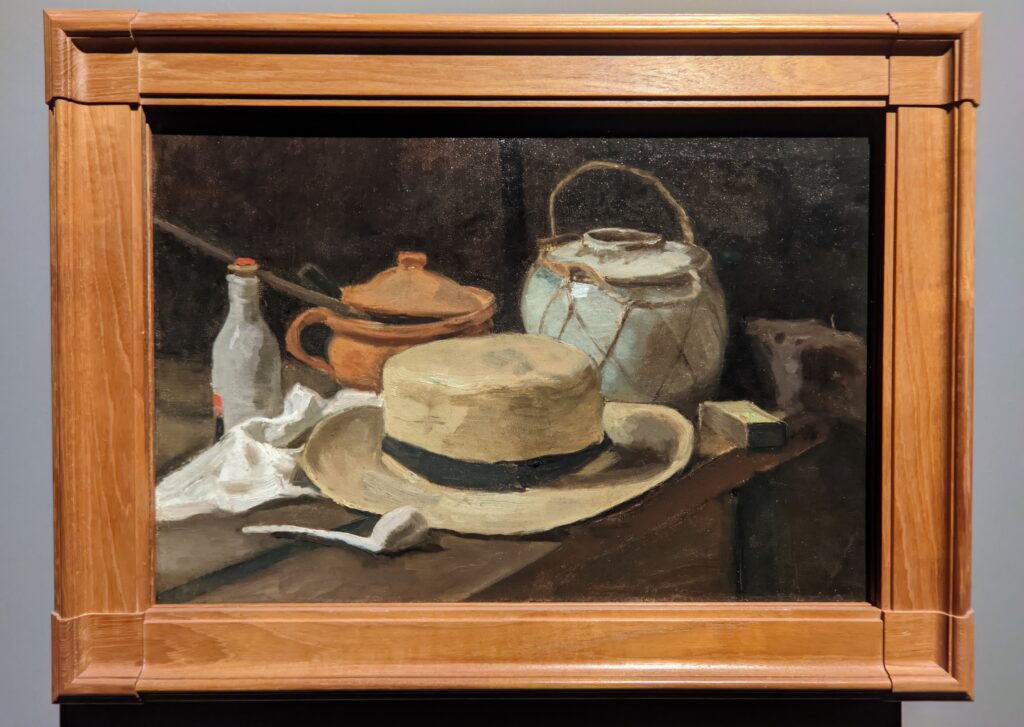
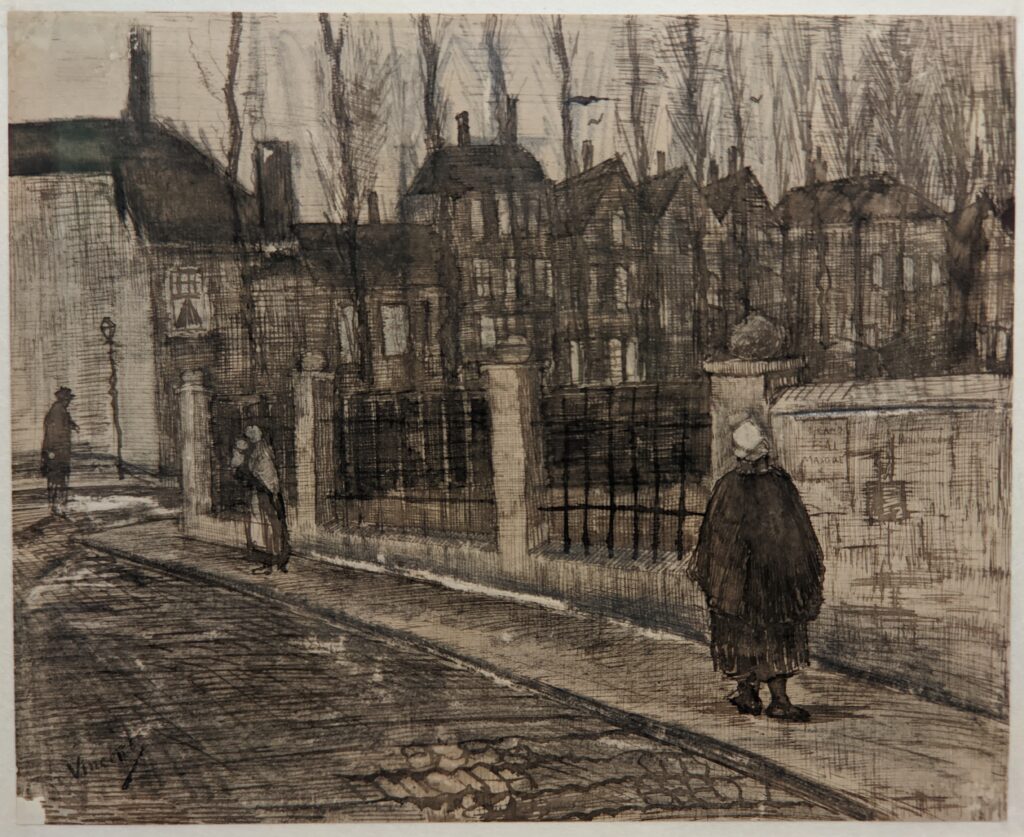
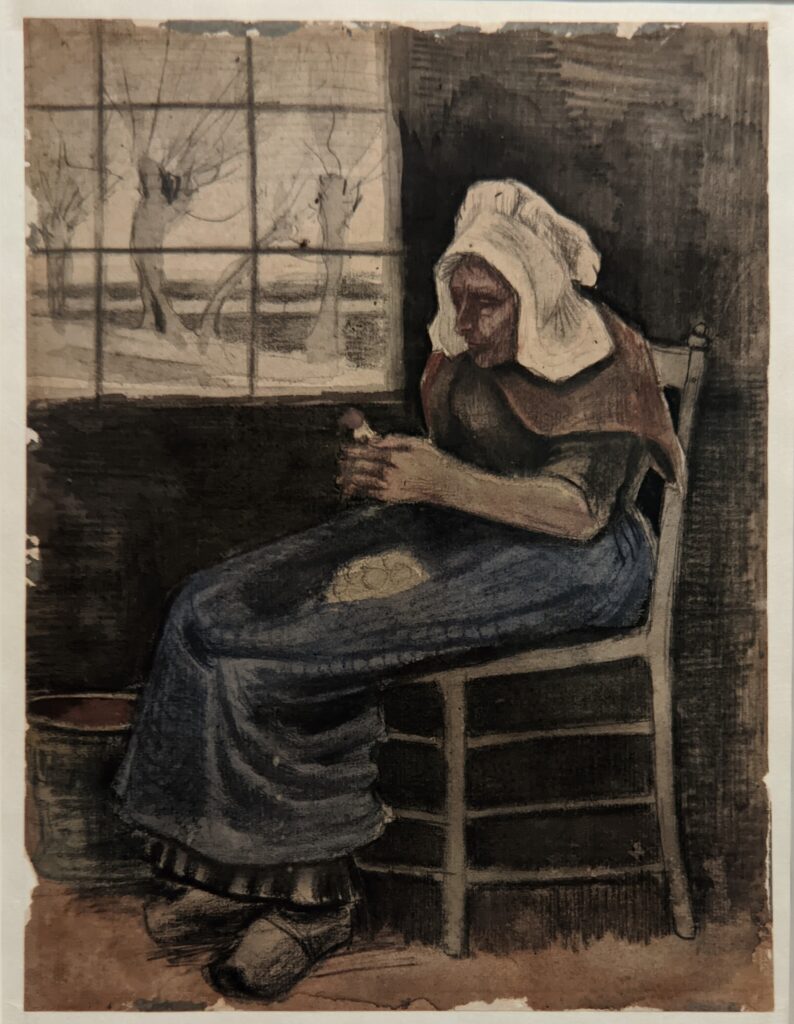
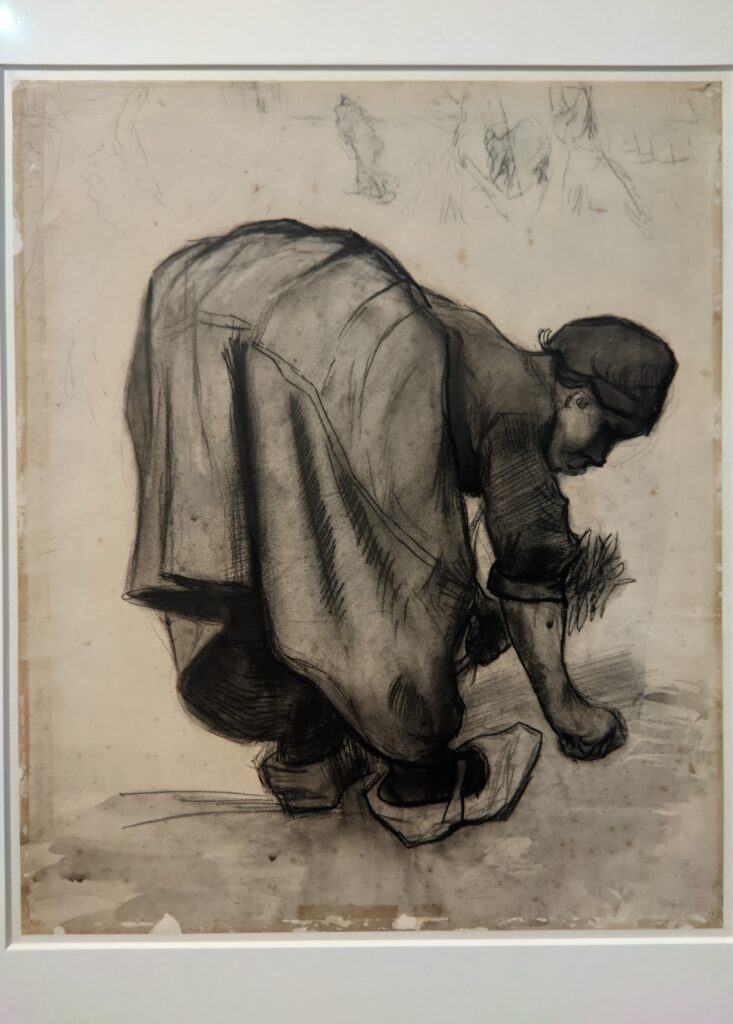

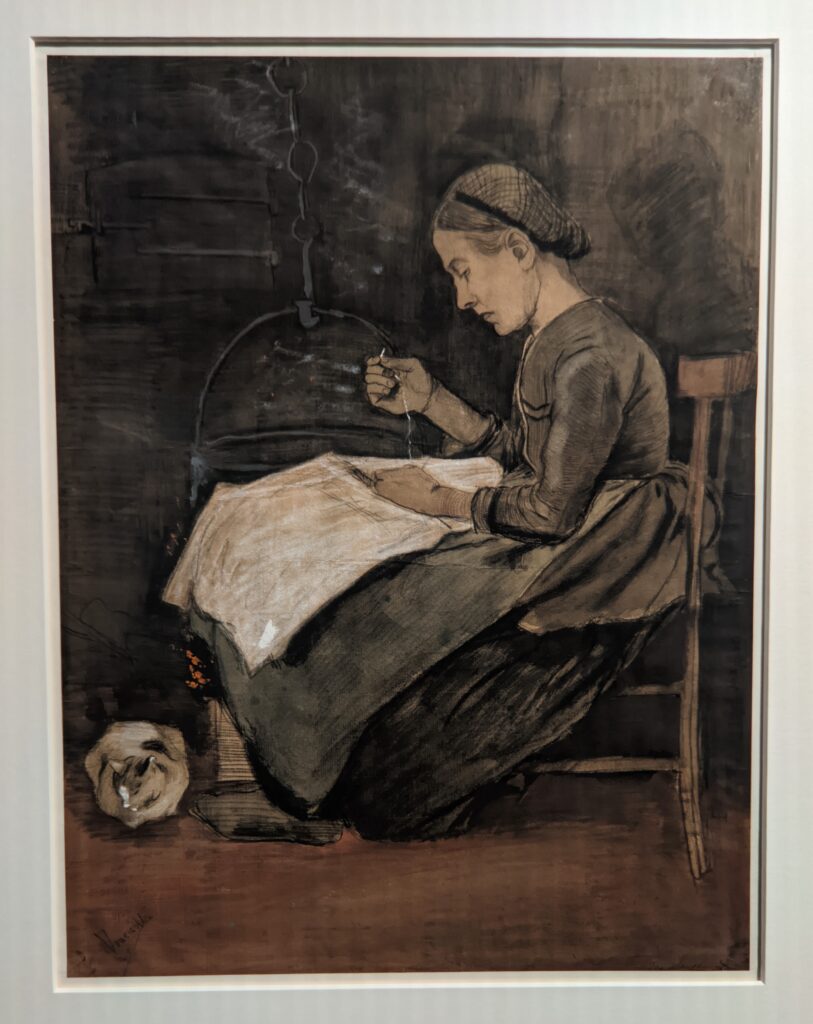

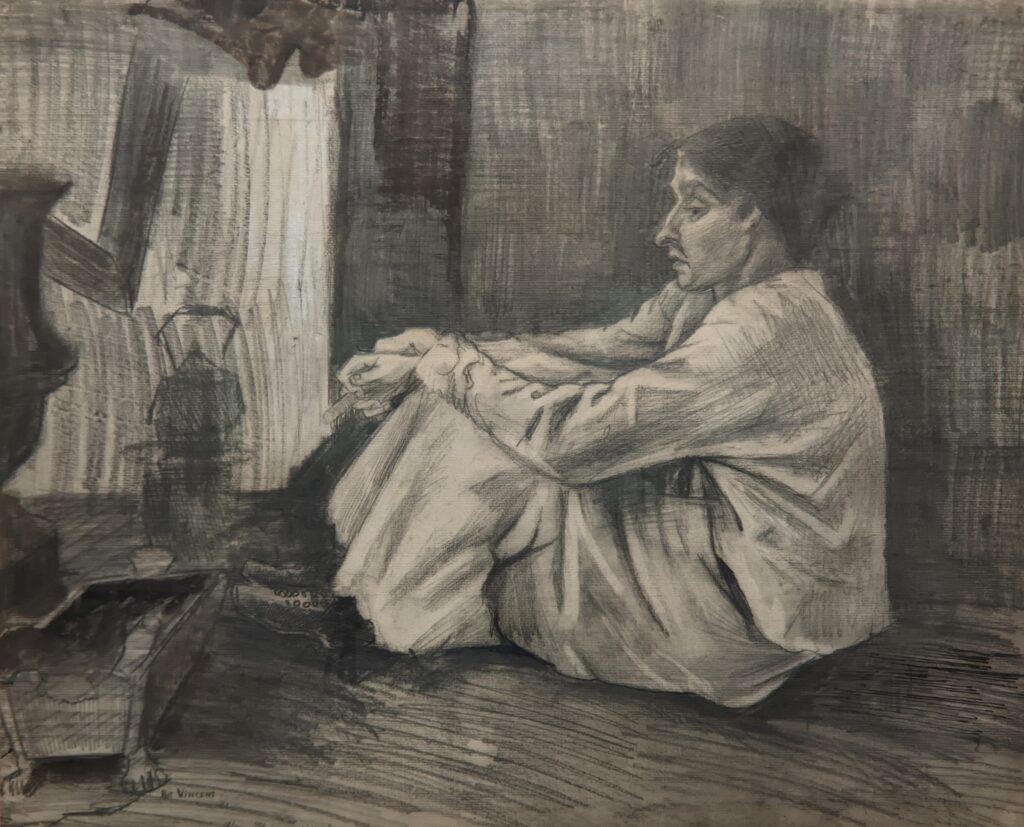
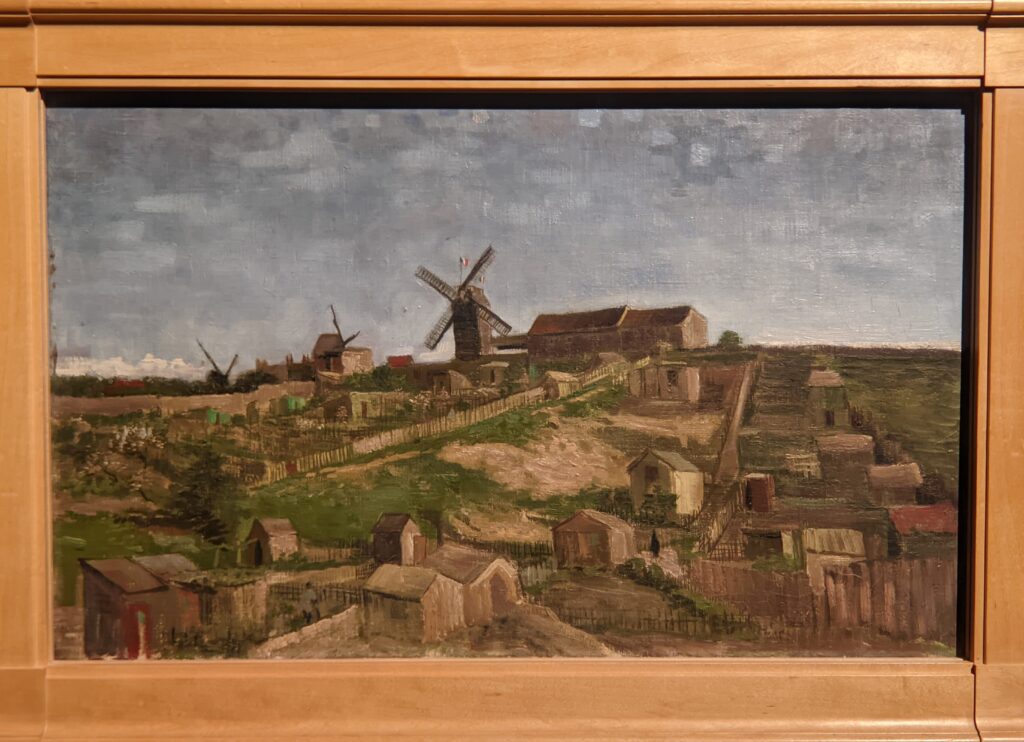
Van Gogh Left the Netherlands & Belgium for Paris in 1886
Vincent van Gogh was born in the rural south of the Netherlands in 1853, and began his career as a painter in 1881. Throughout 1884 and 1885 he created art in the town of Nuenen (outside Eindhoven) and in the city of Antwerp, before moving to Paris in February/March 1886. Van Gogh’s Netherlandish period (1881 — 1885) focused primarily on workers performing their daily activities, as well as common people confronting their day-to-day struggles. His palette during the Netherlandish period was dominated by greys, yellowish-browns and greens, in particular olive green, raw umber and raw sienna.
In Antwerp Vincent applied himself to color theory by studying Japanese woodcuts and painters like Eugene Delacroix and Peter Paul Rubens. In Paris, Van Gogh realized that the subtle and strong color contrasts mastered by Rubens and Delacroix could not be achieved with the dark tones and sombre palette he had been using, so he broadening his palette to include cobalt blue, emerald green and carmine (deep red). His move to Paris came at a pivotal time in art history — the presentation of the Eighth Impressionist Exhibition of 1886, featuring Impressionist art by Paul Gauguin and the new Pointillism embraced by Georges Seurat, Paul Signac and Camille Pissarro. The style of Neo-Impressionism developed by Seurat and nurtured by Signac stressed the ability of complementary colors to form vibrant contrasts. Vincent adopted techniques such as this, and for the remainder of his life (from 1886 through 1890) Van Gogh’s oil paintings frequently featured complementary color combinations: (1) red and green, (2) blue and orange, (3) yellow and purple.

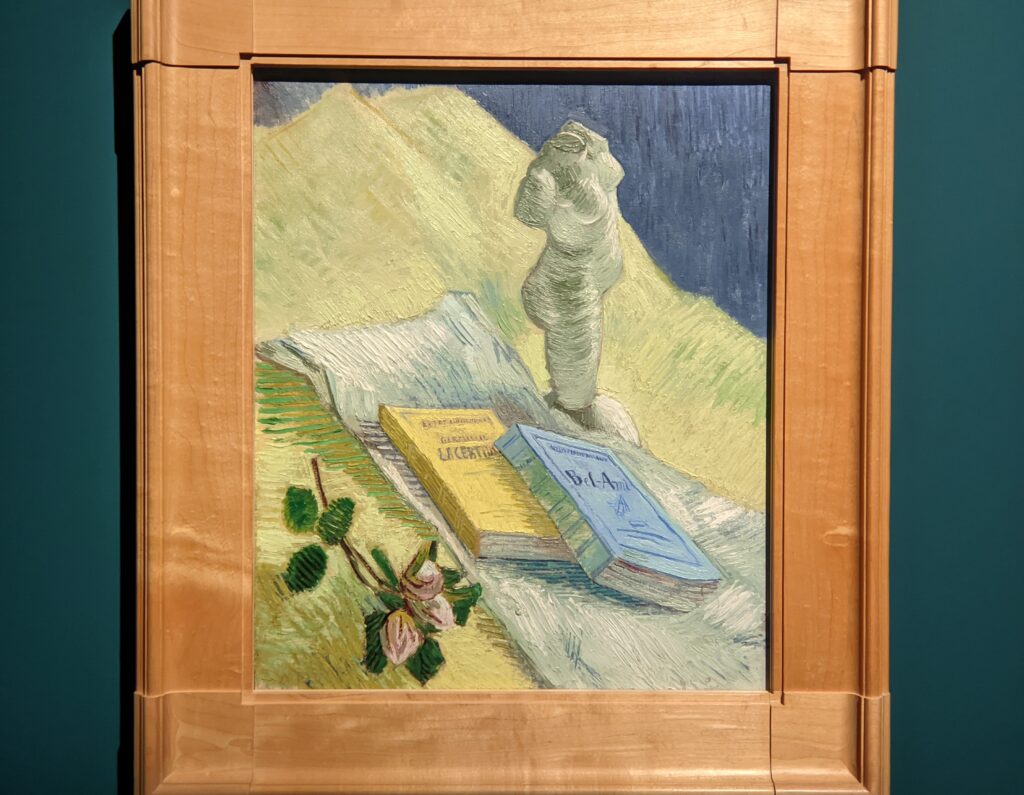
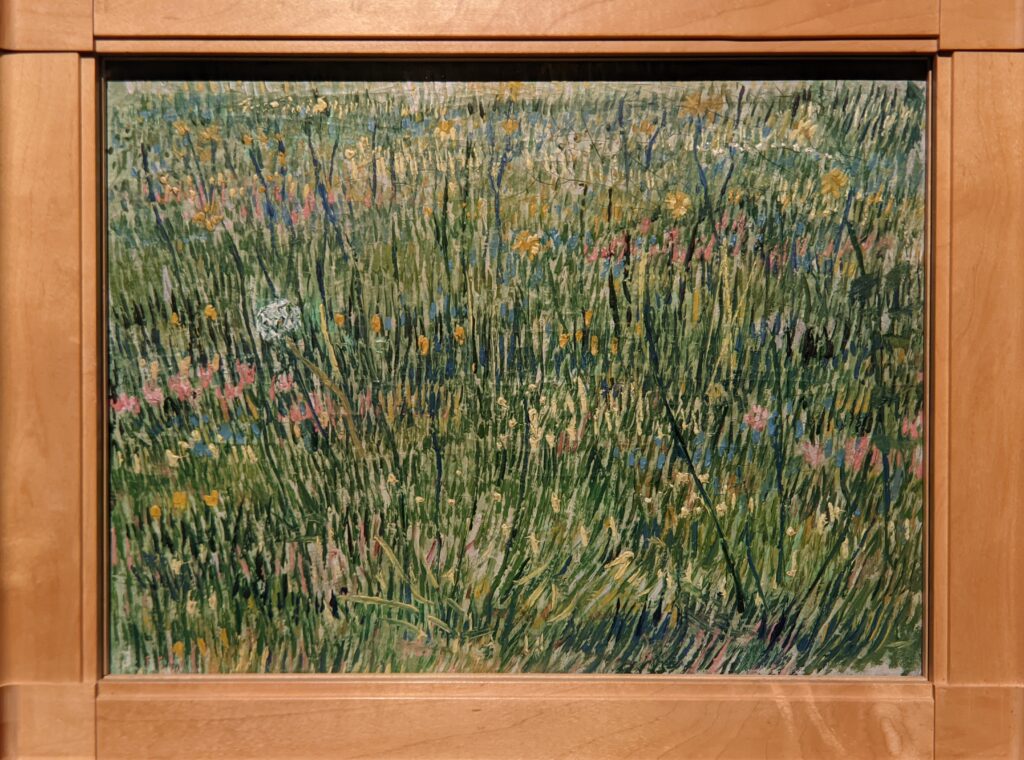
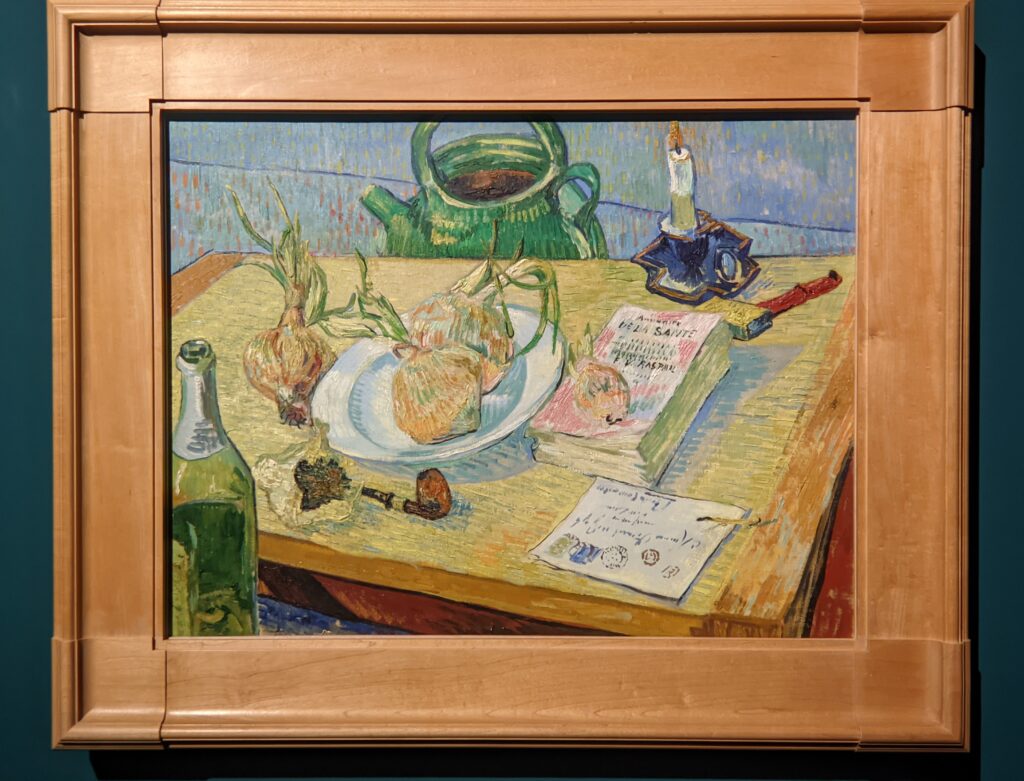
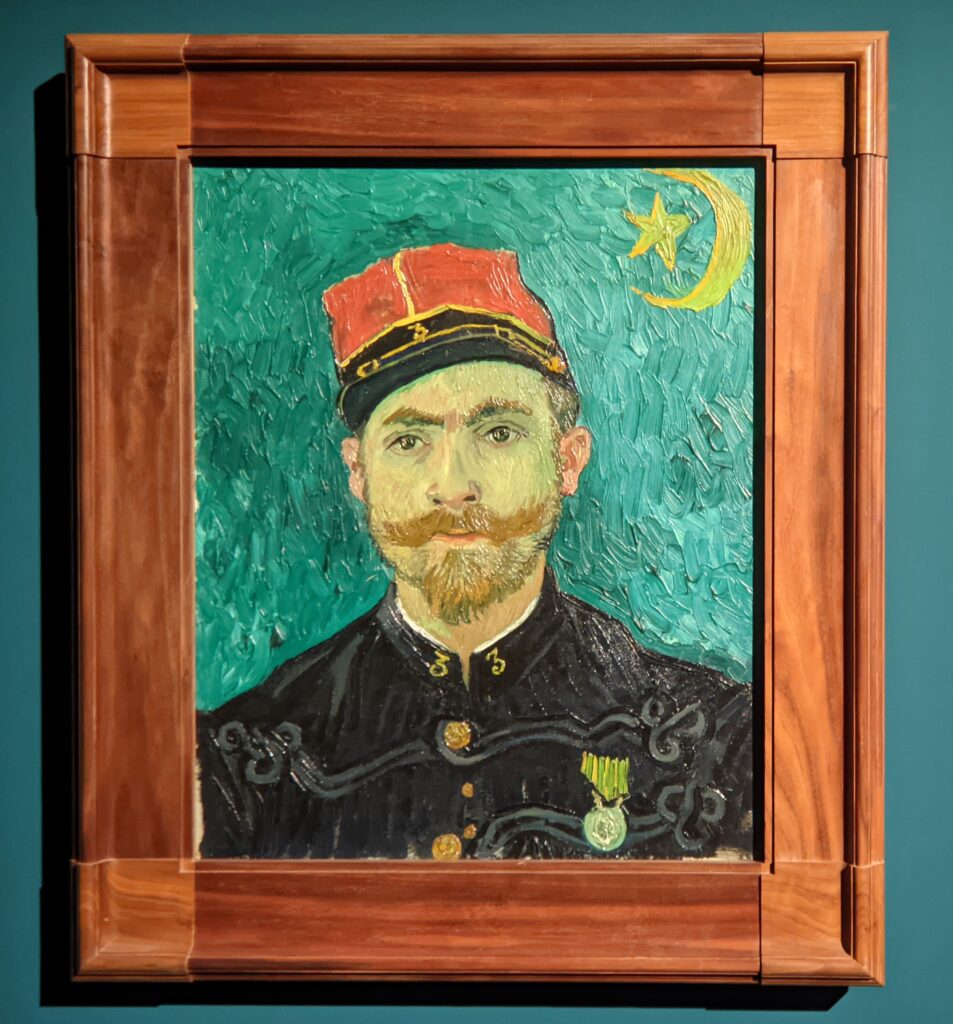
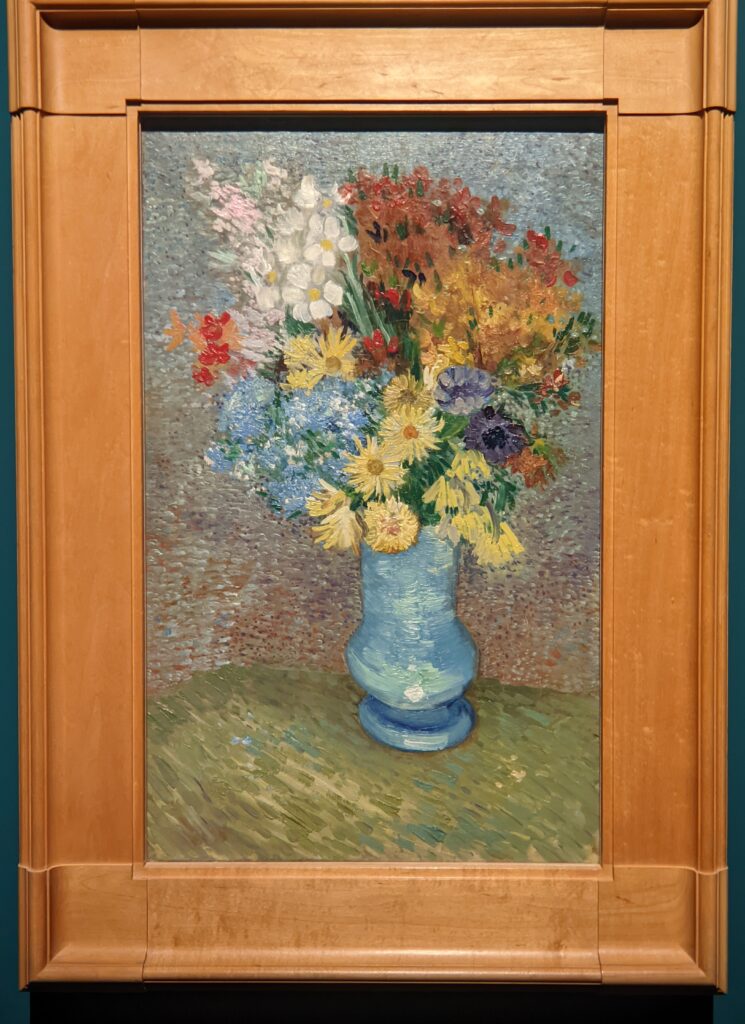
In Paris, Van Gogh carefully studied the floral compositions of Adolphe Monticelli, the French Romantic painter. The chromatic juxtapositions found in still lifes with flowers offered Van Gogh the opportunity to experiment with different color combinations, and in the summer months of 1886 Vincent painted more than 30 such still lifes. “Last year I painted almost nothing but flowers to accustom myself to a color other than grey,” he wrote — “that’s to say pink, soft or bright green, light blue, violet, yellow, orange, fine red.” In the following years, he would return to working on flowers with increased self-assurance, more sophisticated tonal variations and a confident use of his brush.
Through Van Gogh’s familiarity with avant-garde artists like Louis Anquetin and several painters from the Pont-Aven colony — Jacob Meyer de Haan, Emile Bernard & Gauguin — Vincent developed a more expressive style of painting which at times included the thick, black contour outlines characteristic of cloisonnism {seen above in “The Lover” and below in “Pine Trees at Sunset”}. However, the flat regions of bright, pure color which during this period lent a strong two-dimensional appearance to the canvases of Bernard, Anquetin and Gauguin were ill-suited to Van Gogh; instead, Vincent advanced his own painterly style consistent with the heavy impasto he admired on Monticelli’s canvases.

At the beginning of 1888, Van Gogh began to show signs of acute illness: malnourishment, heavy consumption of alcohol, excessive smoking to stave off hunger, insomnia. He headed to the sunnier South of France, and settled in Arles for the next 14 and 1/2 months.
From February 20, 1888 to May 8, 1889 Van Gogh created more than 200 paintings in Arles, plus over 100 watercolors and drawings. He also wrote 200 letters to artists, friends and his family during this time. Artistically, Van Gogh reached new heights, combining his experience using chiaroscuro (from his Netherlandish period) with his two years of color exploration in Paris.
Largely self-taught, Vincent had studied the Old Masters’ techniques regarding light while living in the Netherlands, e.g. he often used the same proportions of light as Rembrandt van Rijn, who devoted only one-eighth of the space on his canvases to bright colors. Van Gogh knew that Titian devoted one-quarter of his canvases to the parts in the light, and through observation Van Gogh saw that Rubens increased that proportion to one-third. While in Arles, Vincent received a letter from his friend stationed in North Africa, Lieutenant Milliet. Milliet informed Van Gogh that in paintings made in Algeria the parts in the light accounted for almost the entire canvas, “Rembrandt in reverse.” Thereafter, Van Gogh added chrome yellow to all of the other colors in his landscapes in order to simulate warm sunlight and inundate the entire canvas with light.
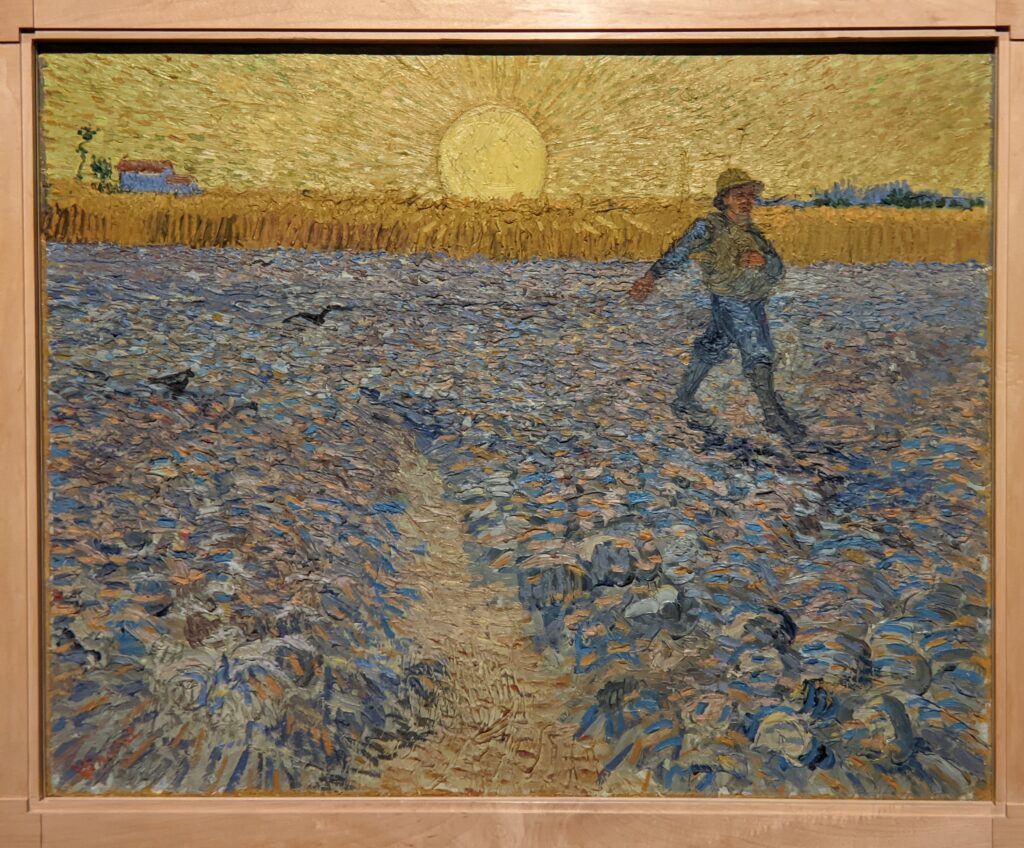

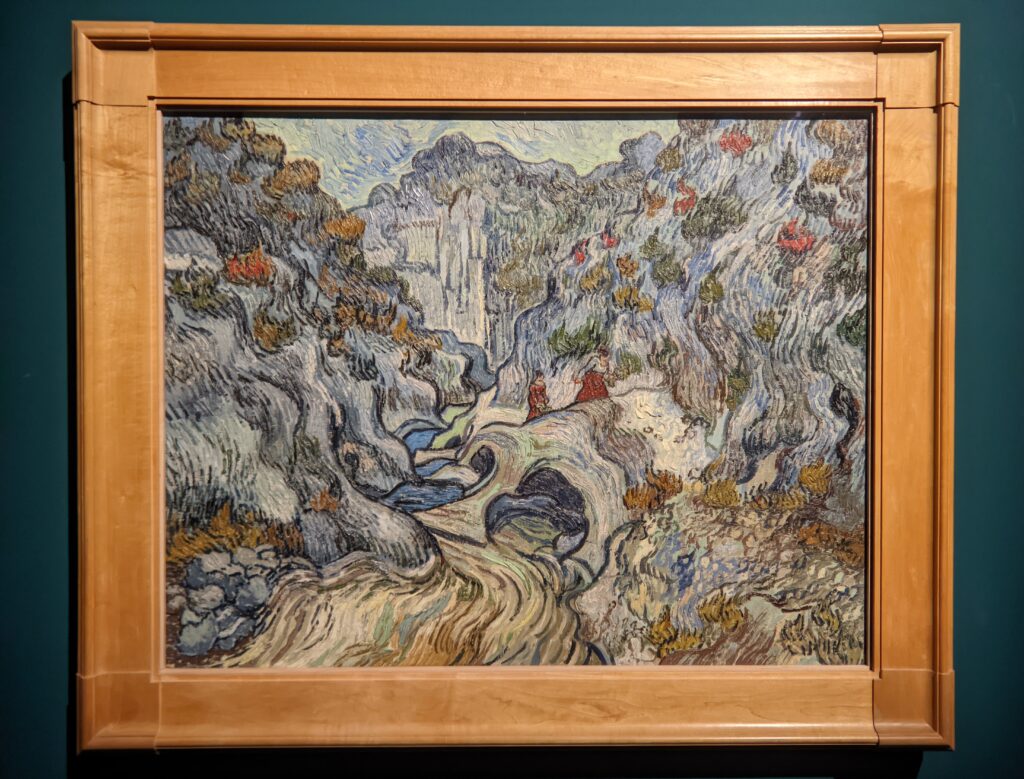
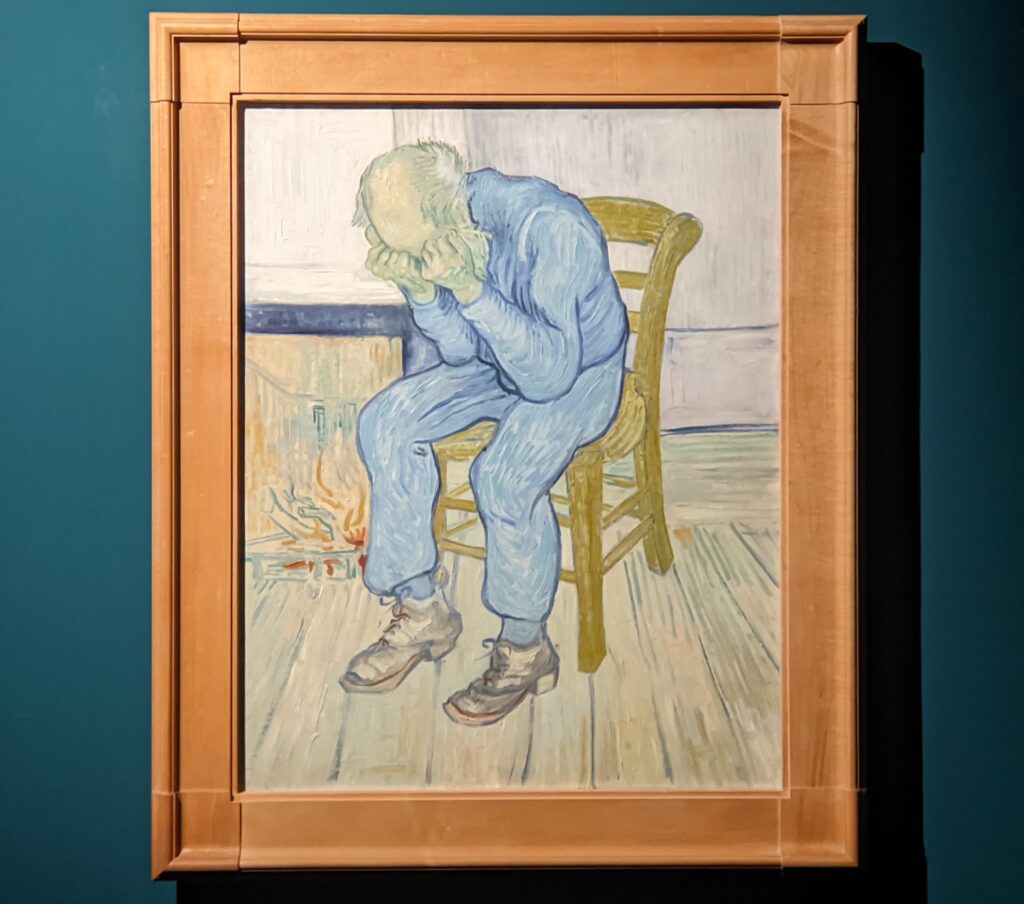



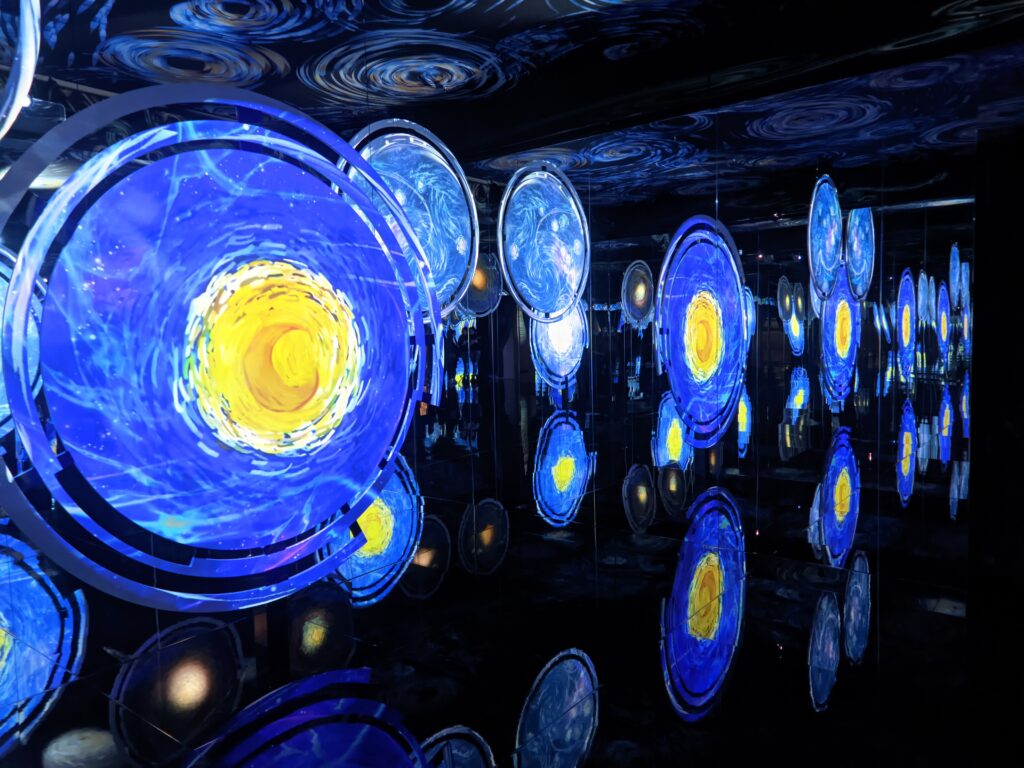
Our Analysis of the Van Gogh Exhibit in Rome

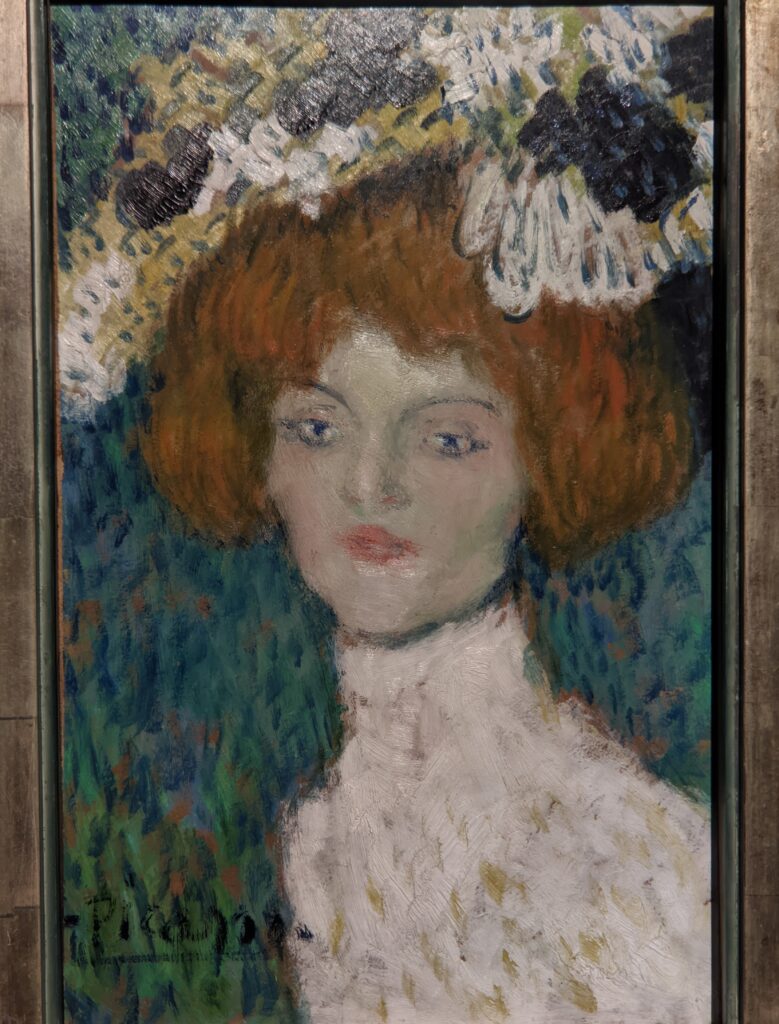
“Van Gogh — Masterpieces from the Kröller-Müller Museum” closed in Rome on March 26, 2023. A few works of art displayed in this exhibition were created by contemporaries of Vincent van Gogh, including Henri Fantin-Latour and Auguste Renoir. Two additional paintings (shown above) were created by Paul Gauguin and Pablo Picasso in the years following Van Gogh death’s by suicide at the age of 37.
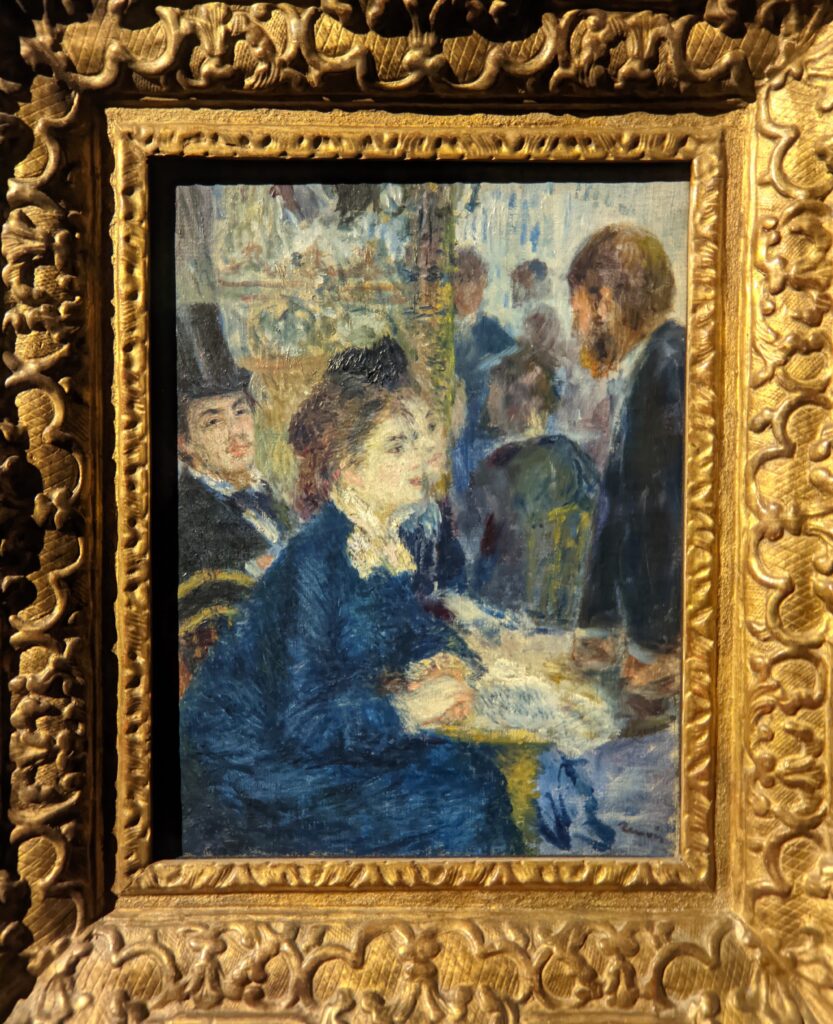
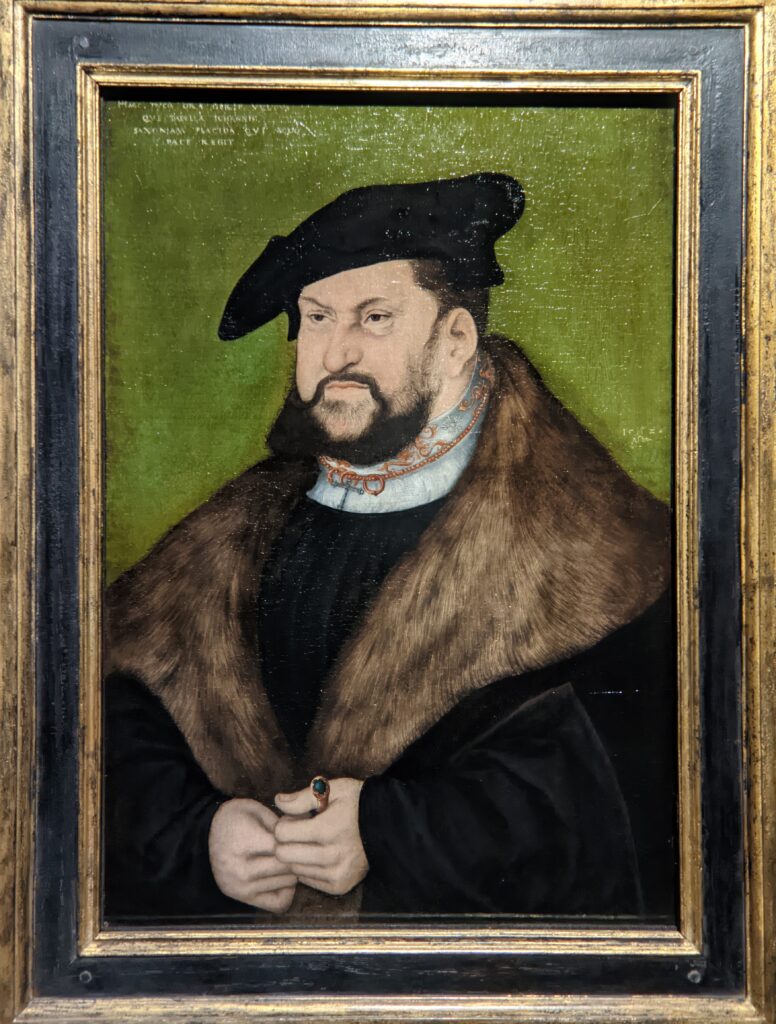
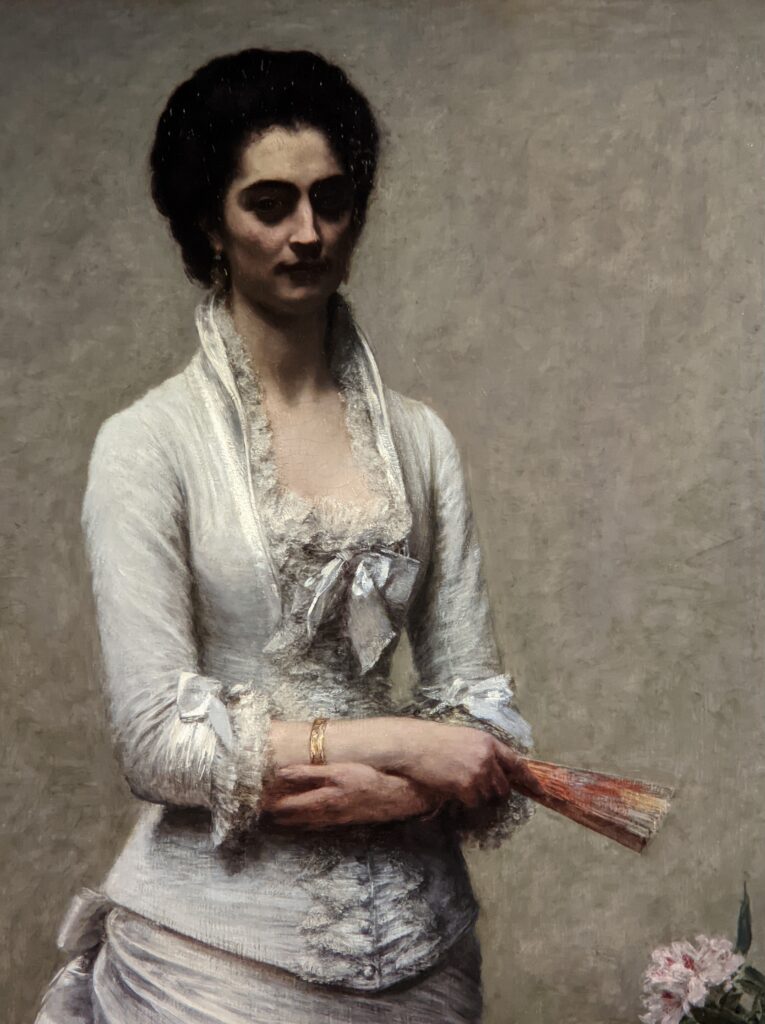
A Transcendent Excellence & Several Milestones in a Growing Reputation
Despite what you may have read in the past, Van Gogh was not considered a failed artist during his lifetime. Seven months before his death, paintings by Vincent were shown in the 1890 exhibition held by “Les XX” in Brussels, where his work appeared alongside Renoir, Toulouse-Lautrec and Cézanne. Participation in this annual event was for members and by invitation only — an indication that Van Gogh was considered an important artist by his peers. During the same month, the prominent art critic Albert Aurier wrote an article for Mercure de France in which he praised Vincent’s art as “profound, complex, and quite distinctive” and described Van Gogh as “a genius.”
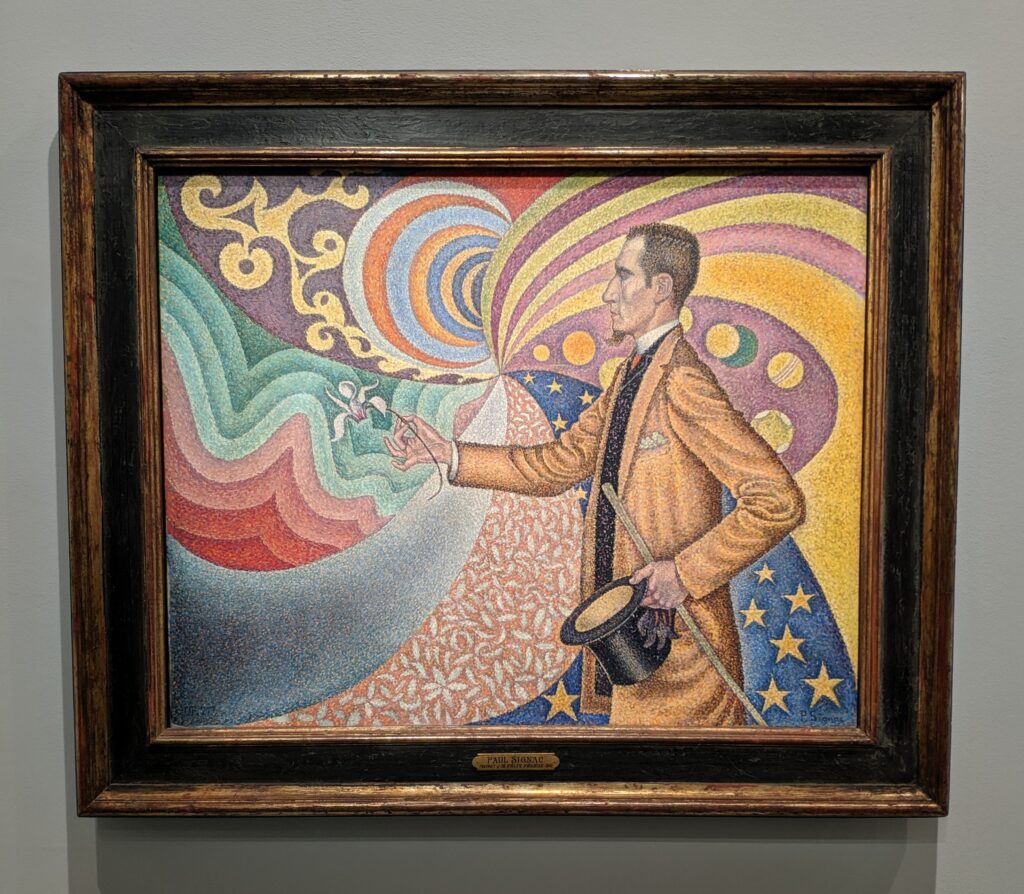

Three months before his death, 10 paintings by Van Gogh were included in the sixth exhibition of the Société des Artistes Indépendants in the Pavillon de la Ville de Paris on the Champs-Elysées, including The Large Plain Trees (above) painted in 1889 in Saint-Rémy, where Vincent allowed himself to be committed to a psychiatric hospital. During that show Claude Monet said Vincent’s works of art were the very best in the exhibit. The President of France also attended that exhibition, and he concurred with Monet’s assessment.
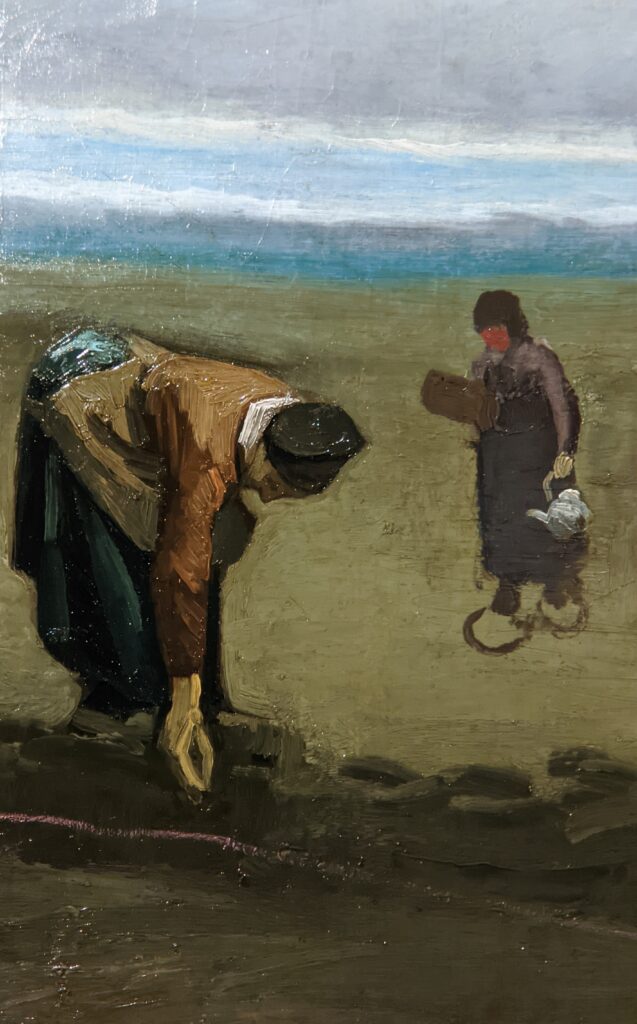
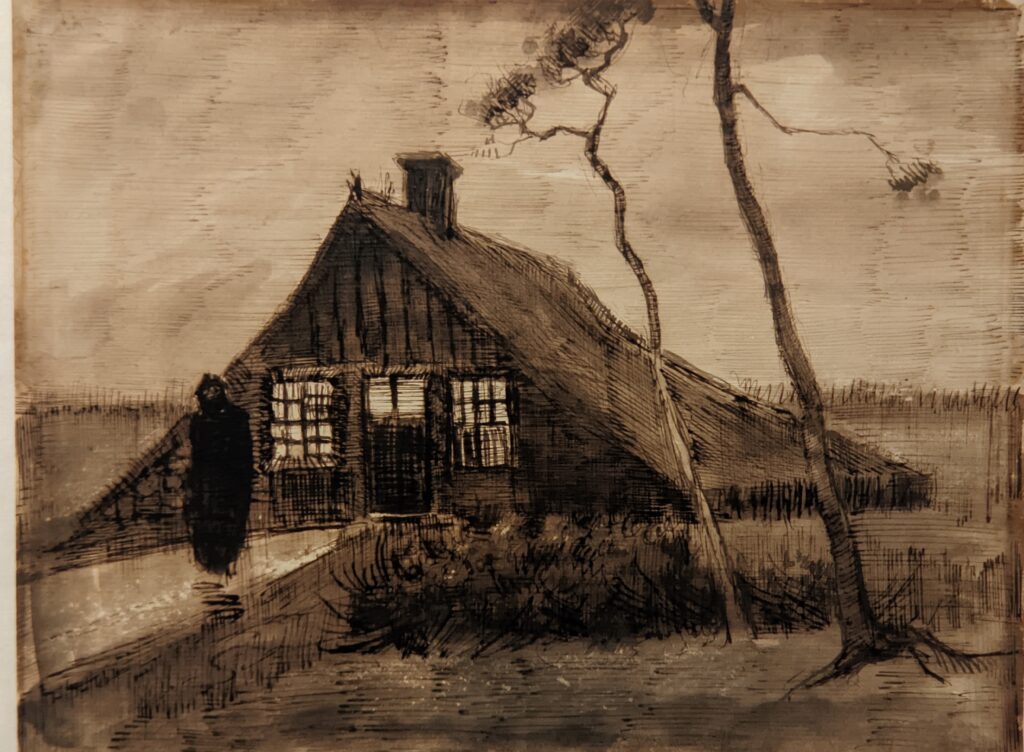
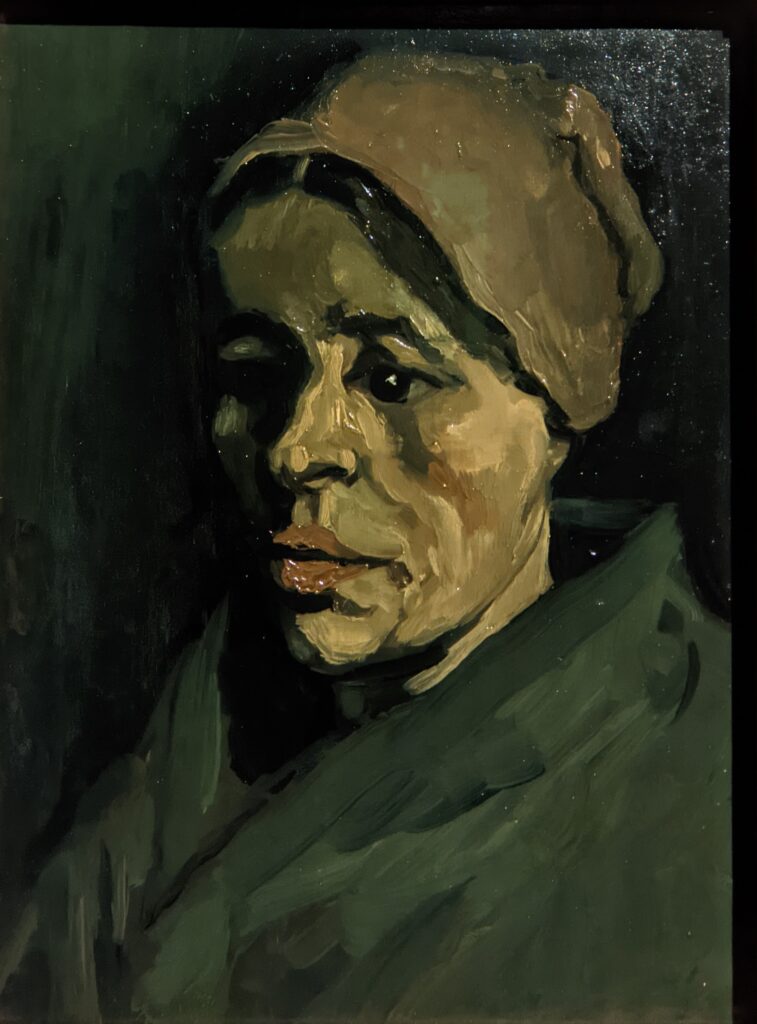
This exhibition in Rome was unique in that a majority of the works of art on display were created prior to Vincent van Gogh’s arrival in Paris in 1886, i.e. before the explosion of color on Vincent’s canvases. In 1885, the year the Rijksmuseum opened, Van Gogh traveled to Amsterdam to see paintings by Hals and Rembrandt. In a letter to his brother in October 1885, Vincent said that he visited the museum three times during one week and studied Rembrandt’s technique extensively. “One can speak about the paintings by Frans Hals, he always remains on earth. Rembrandt goes so deep into the mysterious that he says things for which there are no words in any language. It is with justice that they call Rembrandt [a] magician — that’s no easy occupation,” Vincent wrote.
What is most interesting about Van Gogh is how he took what he needed from the artists who inspired him. From Rembrandt, Van Gogh learned how to draw to scale and the importance of light. During his artistic breakthrough in Arles (1888 — 1889), Vincent sent paintings to Pont-Aven (in the Brittany region of Northwestern France) in an exchange of works with Bernard, Gauguin and Charles Laval. From the theories espoused by the Pont-Aven colony of artists Van Gogh introduced a subdued and flat brushstroke to some areas of his canvases {see, for example, “The Yellow House” and “The Night Cafe” (below) painted in September 1888 — please note: these 2 paintings are not on view in Rome}. In the end, however, Vincent was mostly inspired by nature and the color theorist Charles Blanc’s definition of style: that a true painting required optimal use of color, perspective and brushstrokes.
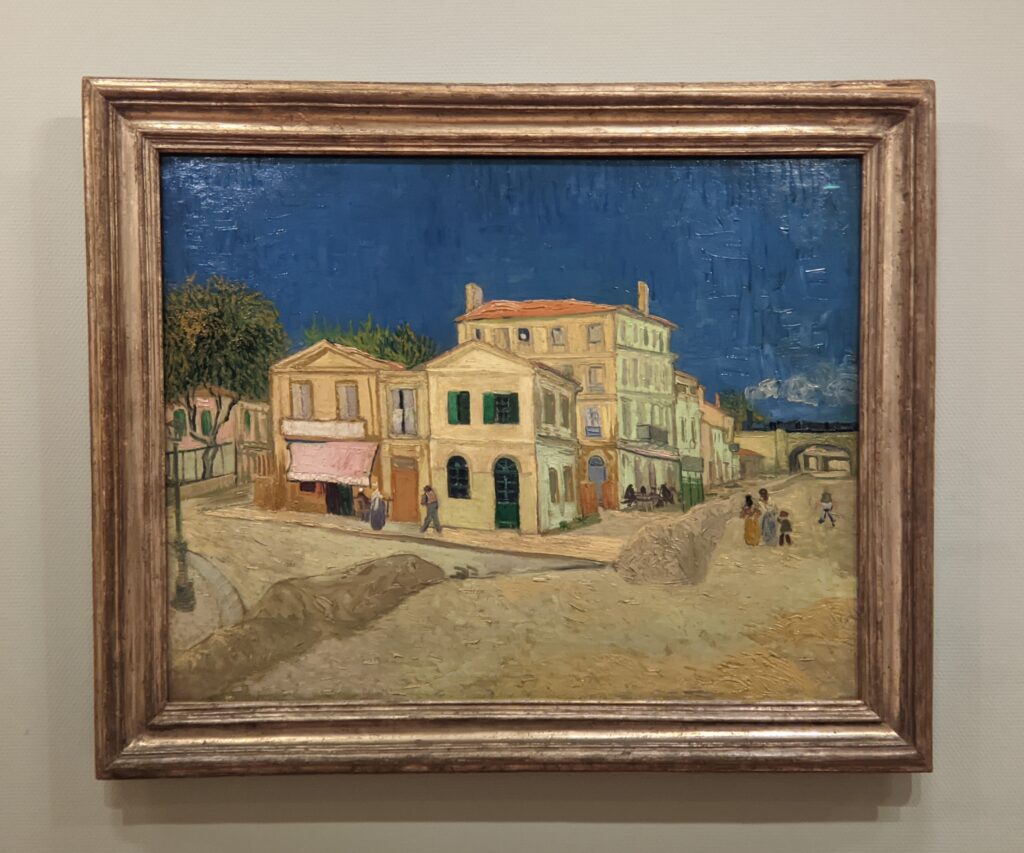

While Van Gogh studied and learned from Old Masters, the Impressionists, Neo-Impressionists and the avant-garde, in the final two years of his career he invented his own pathway toward modern art and expressionism. With over 180 drawings and almost 90 paintings by Vincent van Gogh, the Kröller-Müller Museum boasts the 2nd largest Van Gogh collection in the world. The more than 50 works of art from the Kröller-Müller Museum which were on view in Rome presented both a modest and a striking opportunity for art lovers to begin a reevaluation of the achievements made by Vincent van Gogh during a career which lasted less that a decade and produced around 860 oil paintings.
This exhibition in Rome enabled us to observe that Van Gogh’s most successful paintings — from the Netherlandish period through the late works — are distinguished by the handling of the paint itself. Like his greatest peers, Van Gogh explored the use of a structured pattern of brushstrokes. Vincent, however, exceeded their achievements by applying paint in a more spontaneous manner, lively and expressive but always controlled, where brushstroke and color sublimely merged.








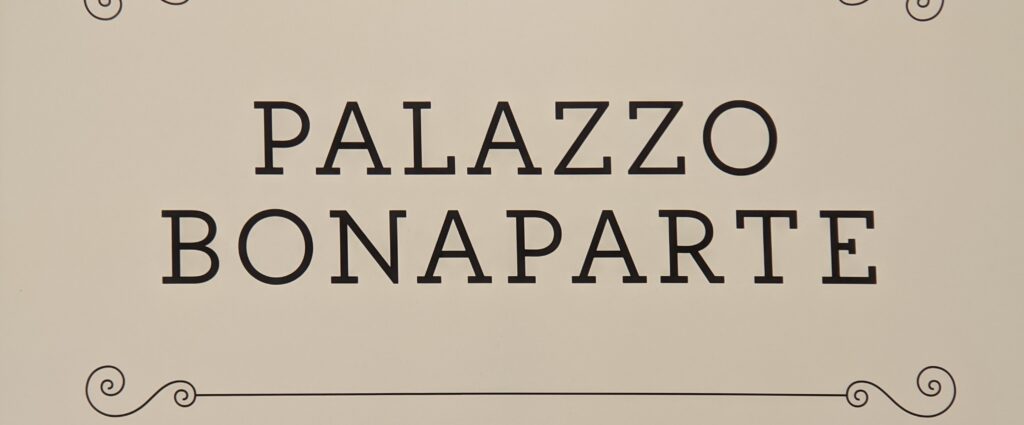
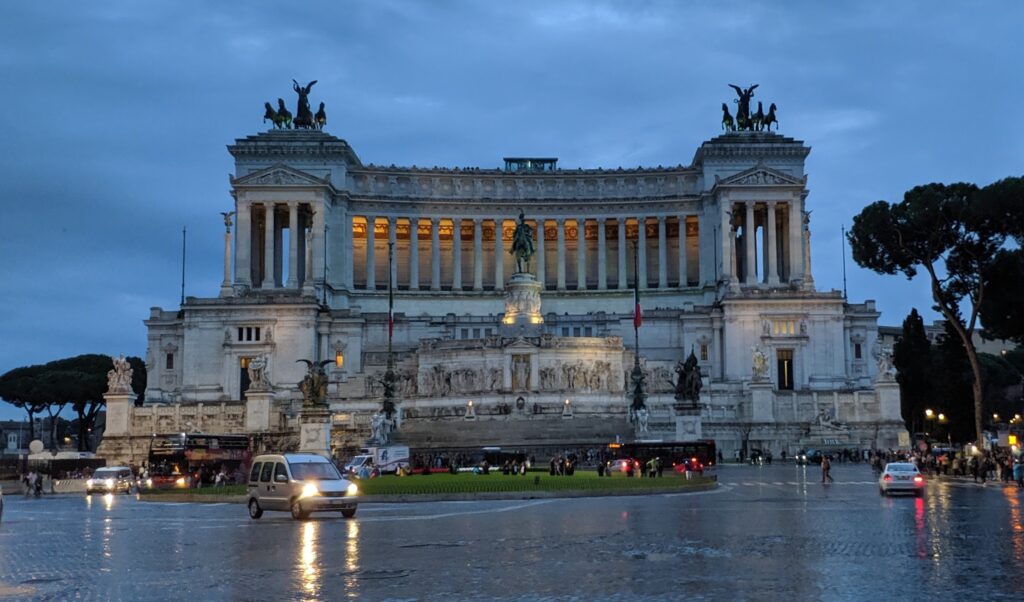
The Palazzo Bonaparte is located in the heart of Rome near the Vittoriano (en italiano: Monumento Nazionale a Vittorio Emanuele II) on the Piazza Venezia. A 5-minute stroll down Via del Corso from the Vittoriano will take you past the Palazzo Cipolla, another fine art exhibition center, and 10 minutes more on foot will lead you to the Trevi Fountain (pictured below). In the event you missed the display of 160 colorful works of art by Raoul Dufy (1877 — 1953) which was on view at the Palazzo Cipolla through February 26, 2023 we have assembled highlights from the Dufy exhibition for your pleasure.
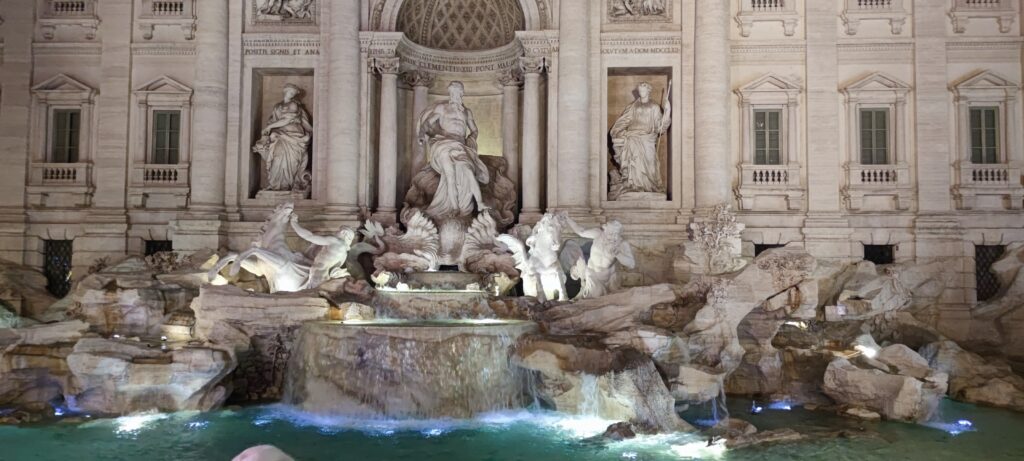

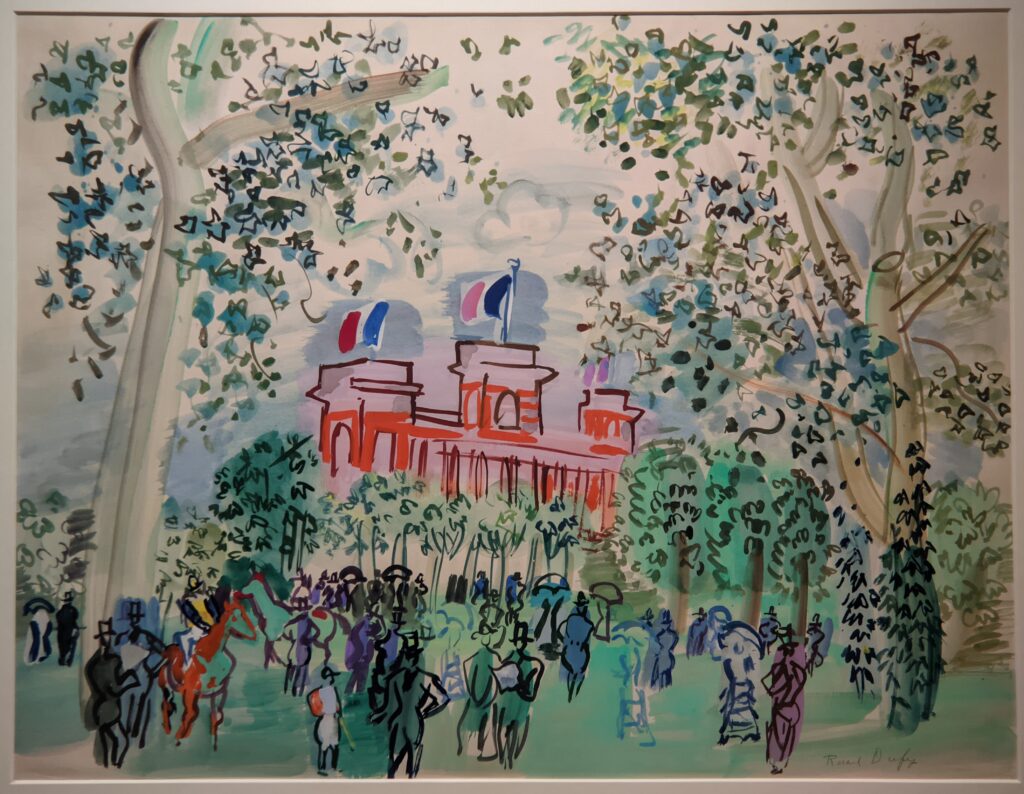
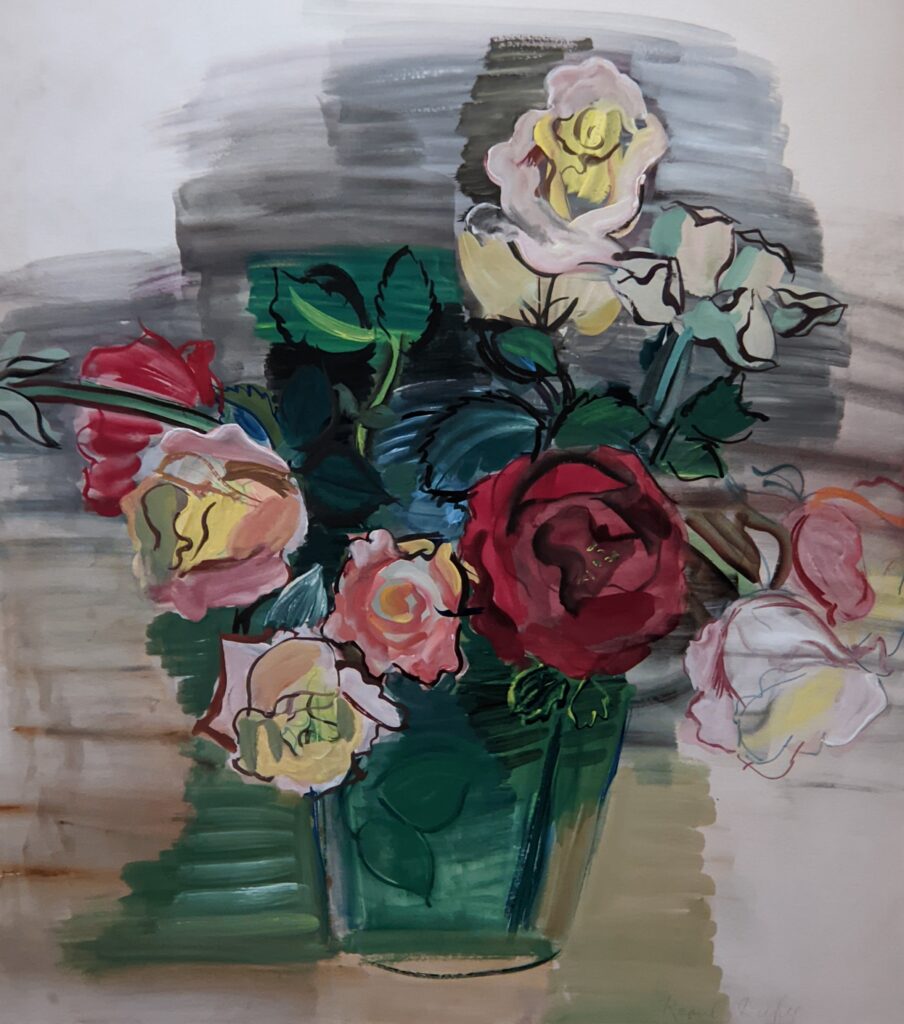
The Exhibition “Raoul Dufy — The Painter of Joy” Was Displayed in Rome at the Palazzo Cipolla
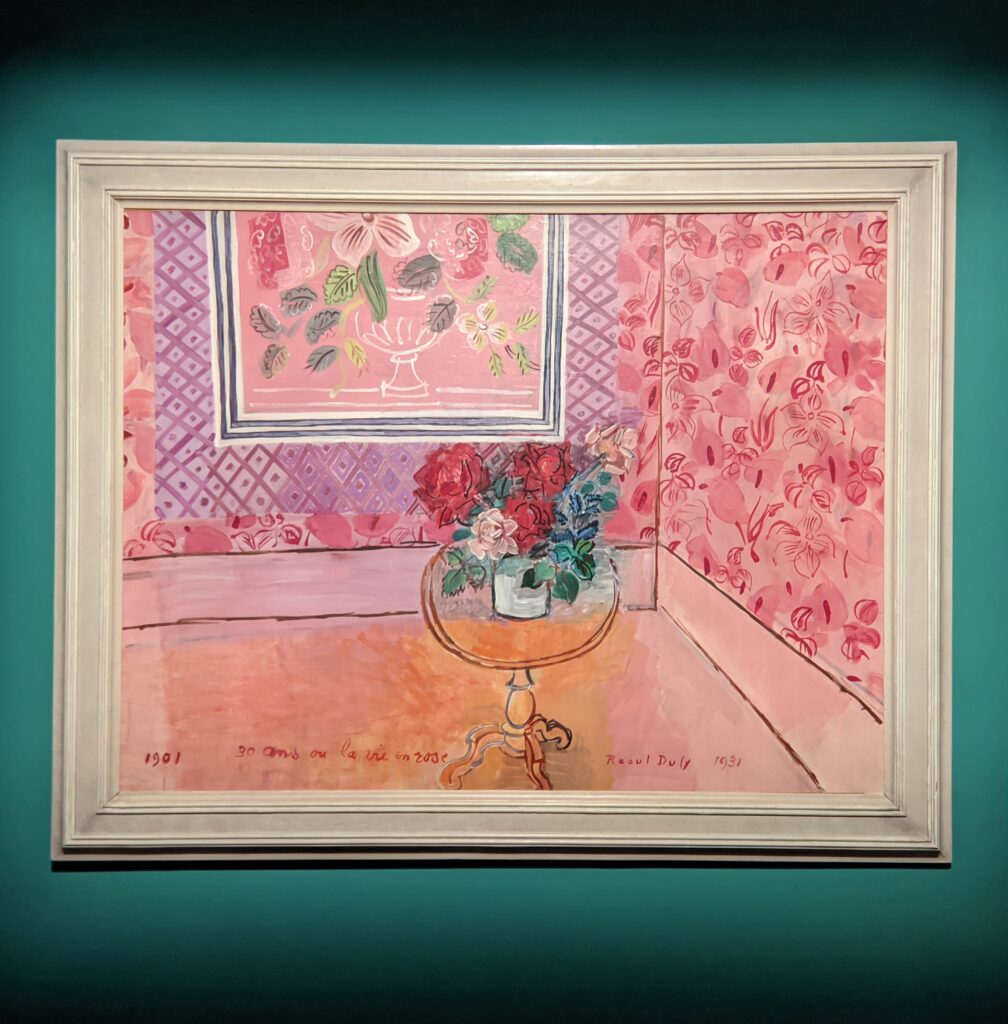
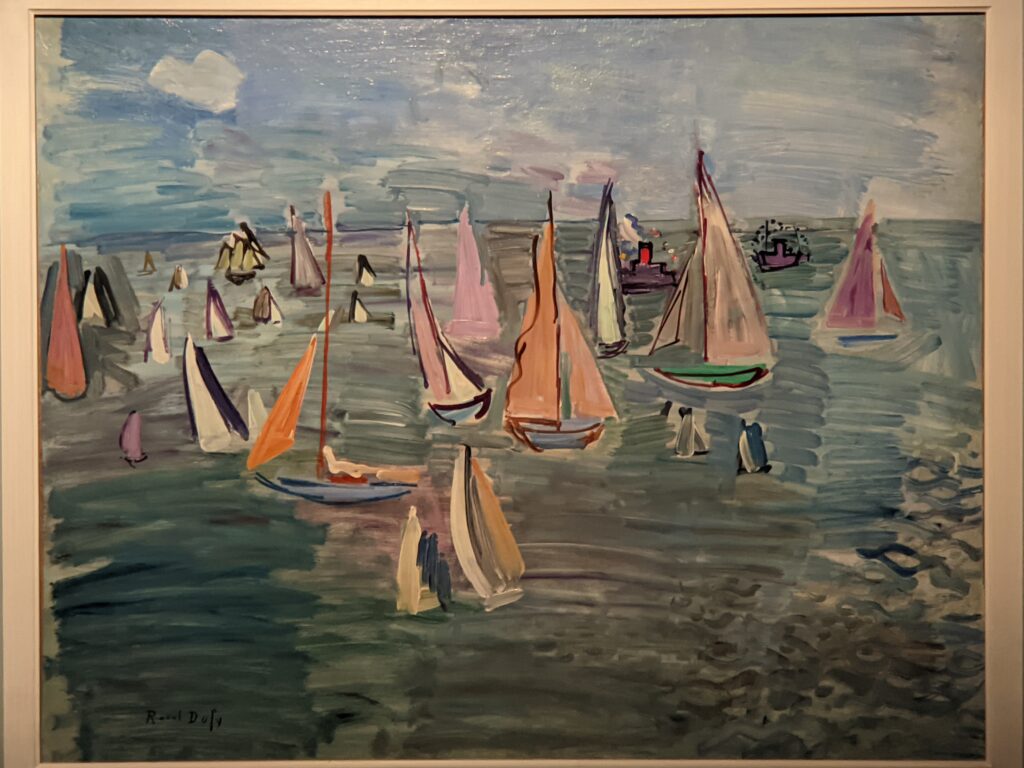

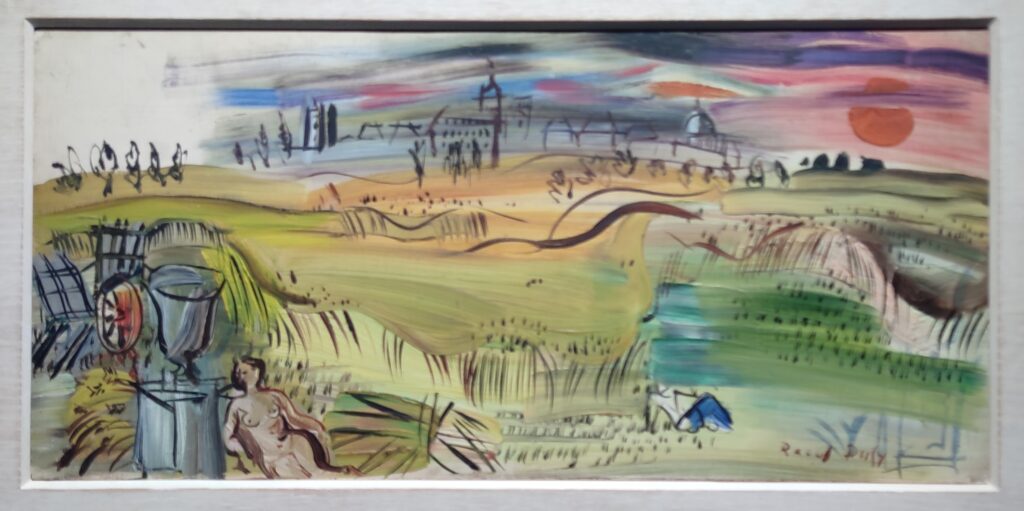
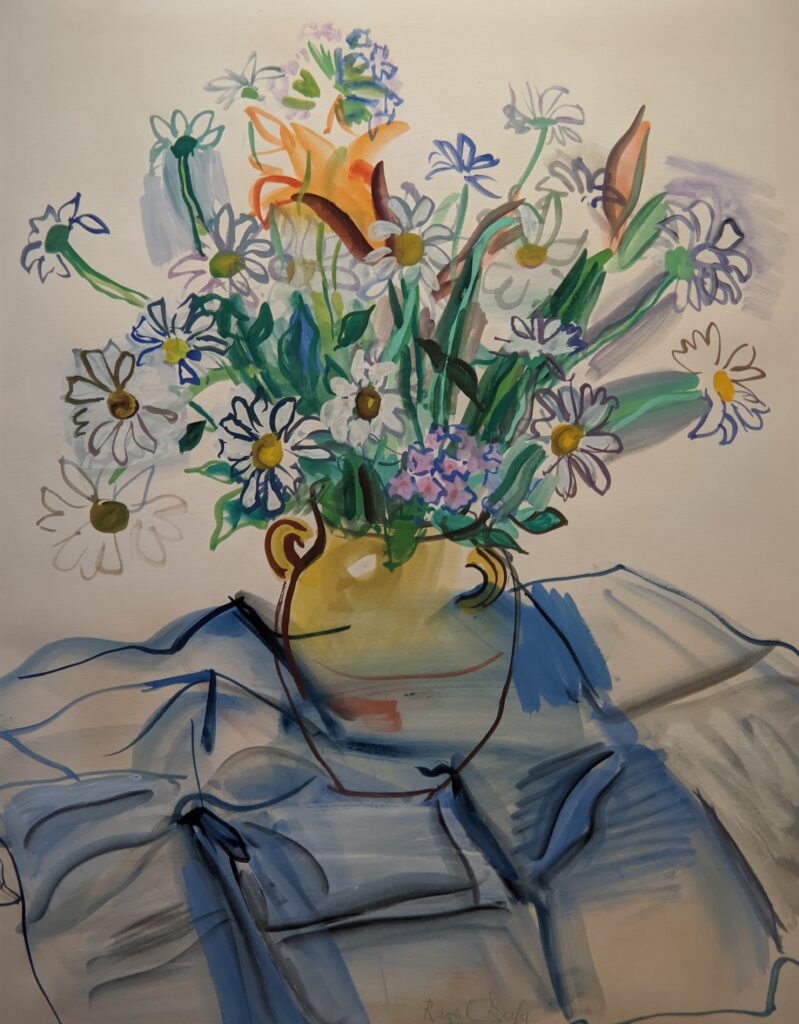
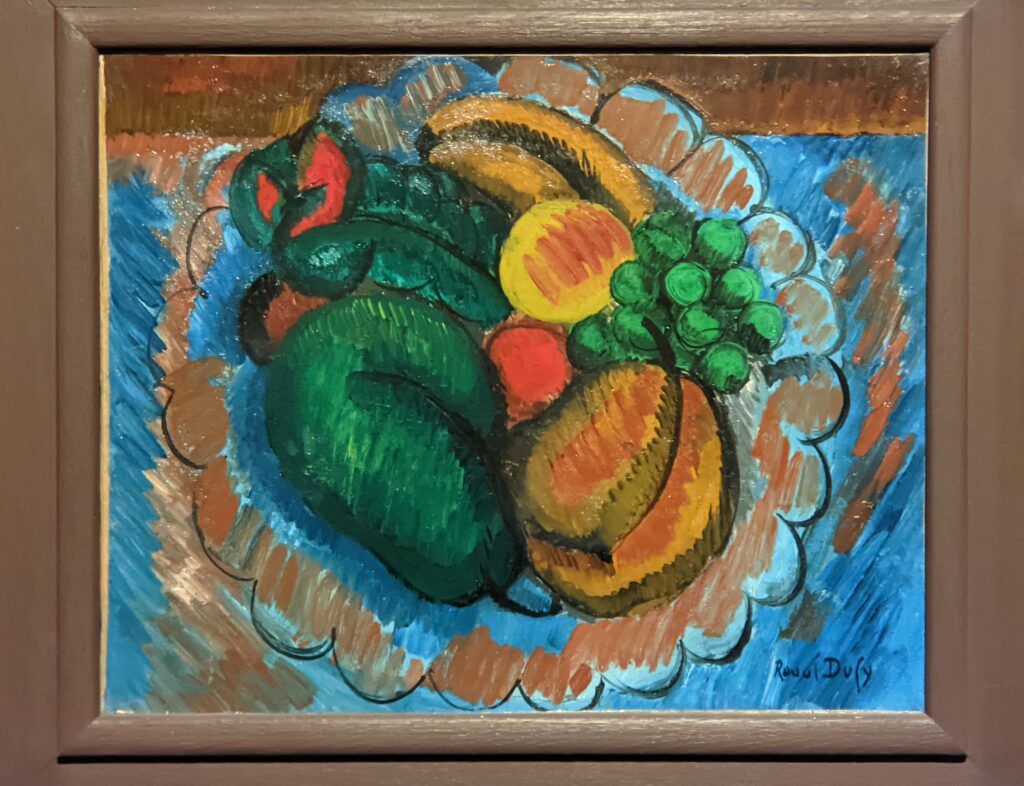
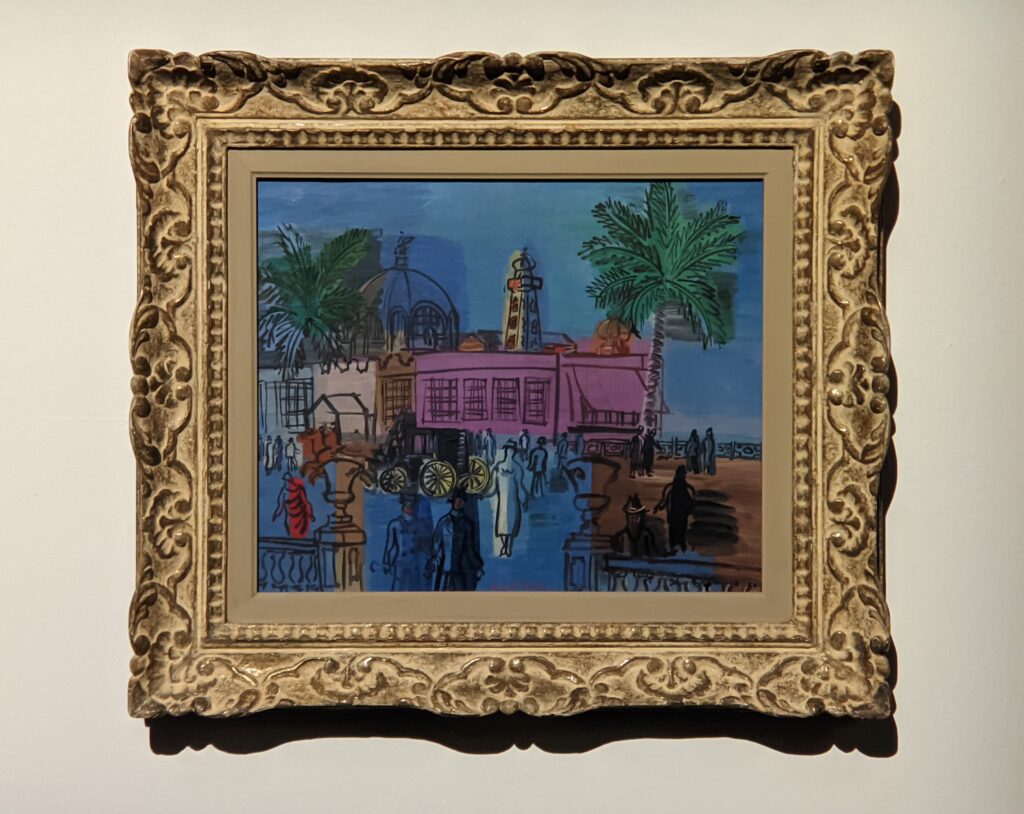
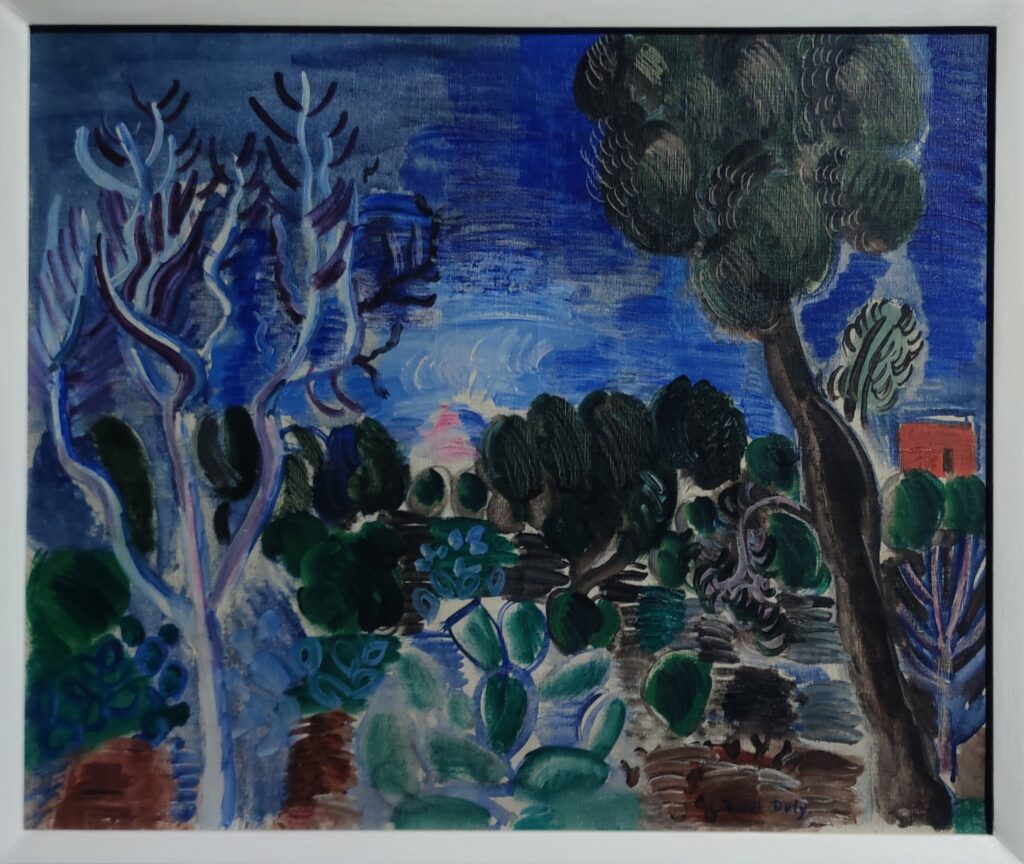

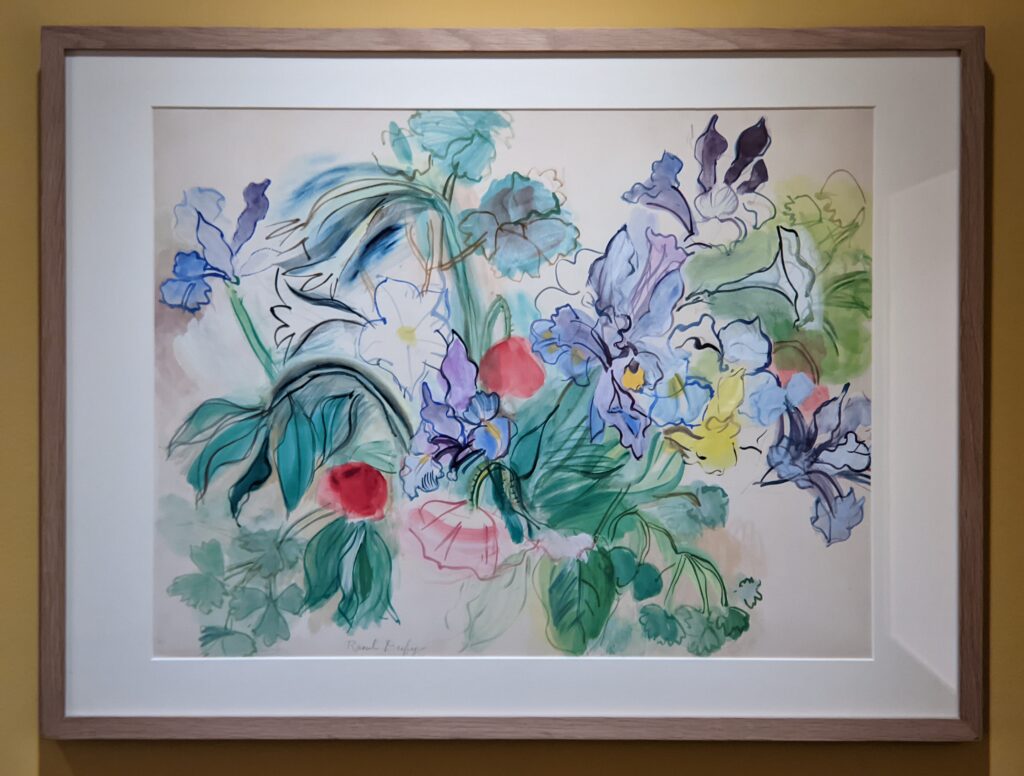
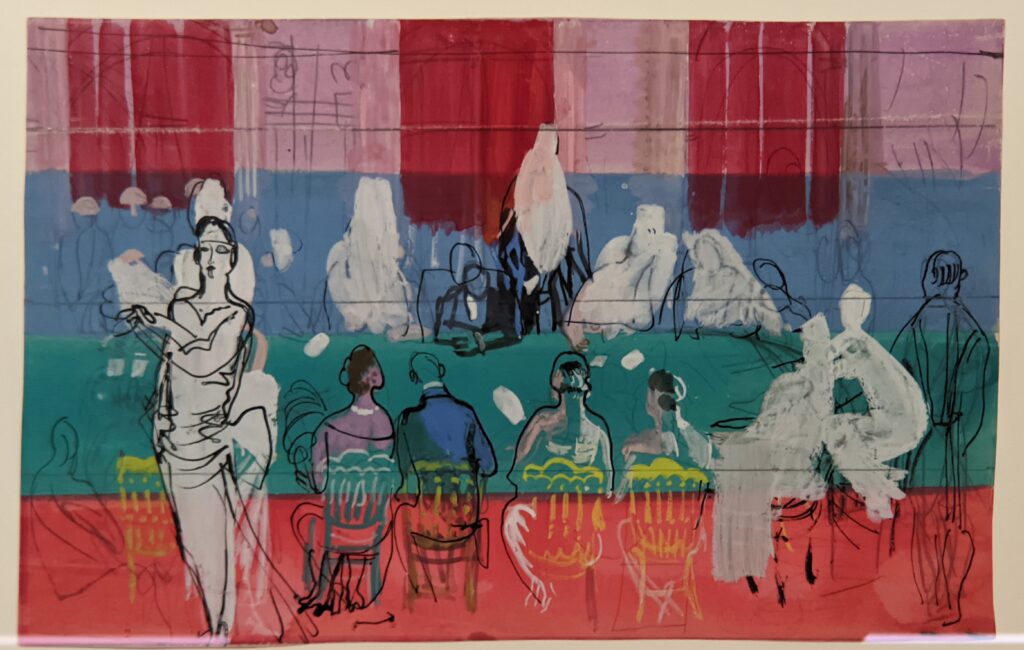

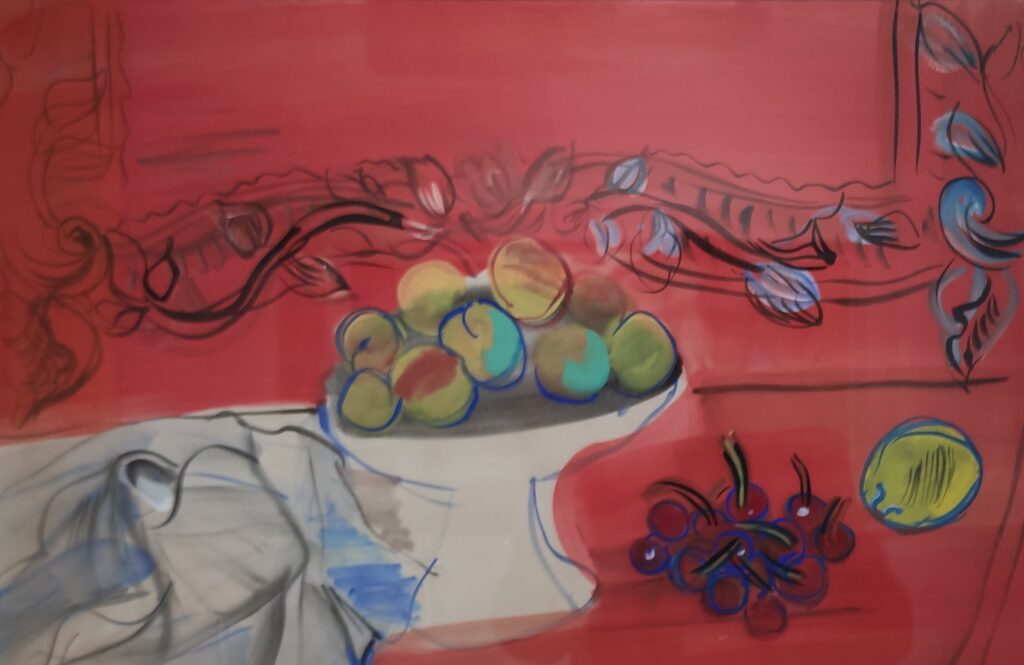
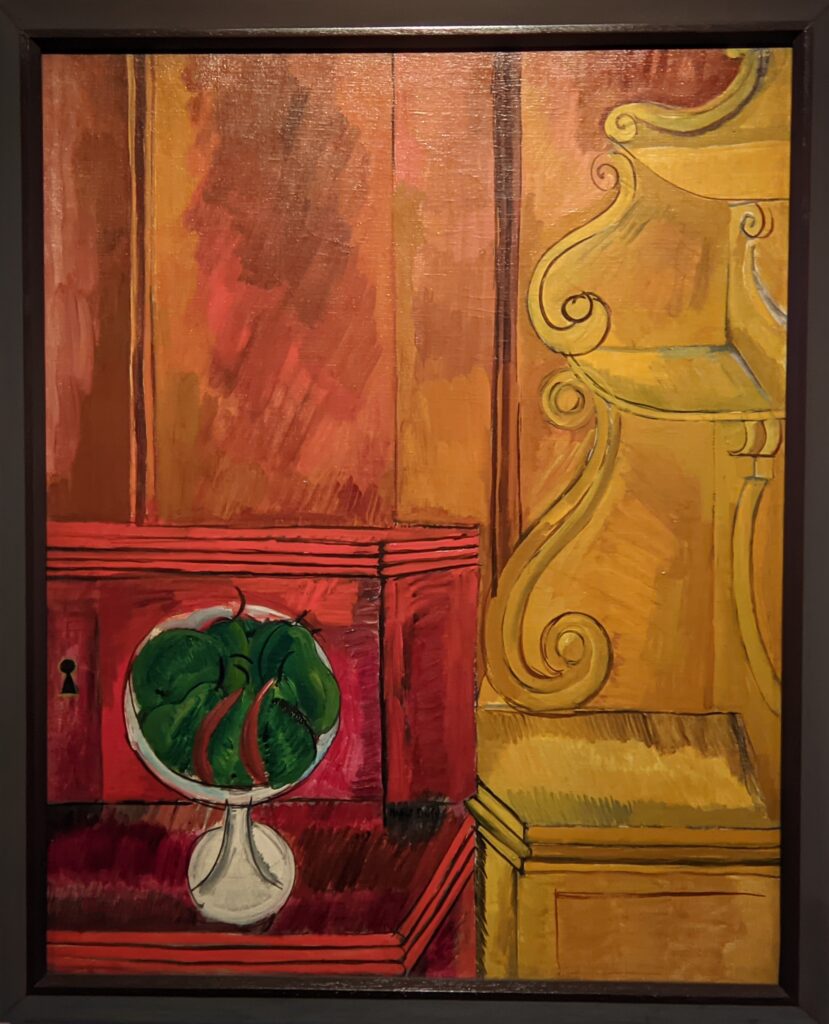
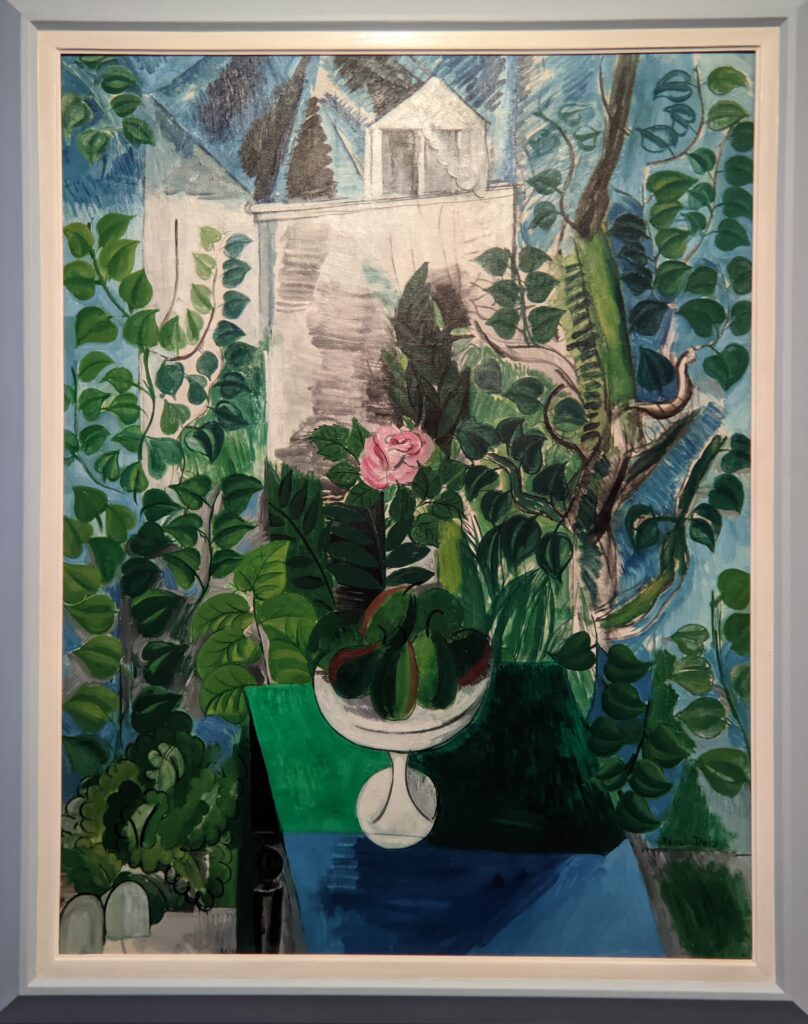
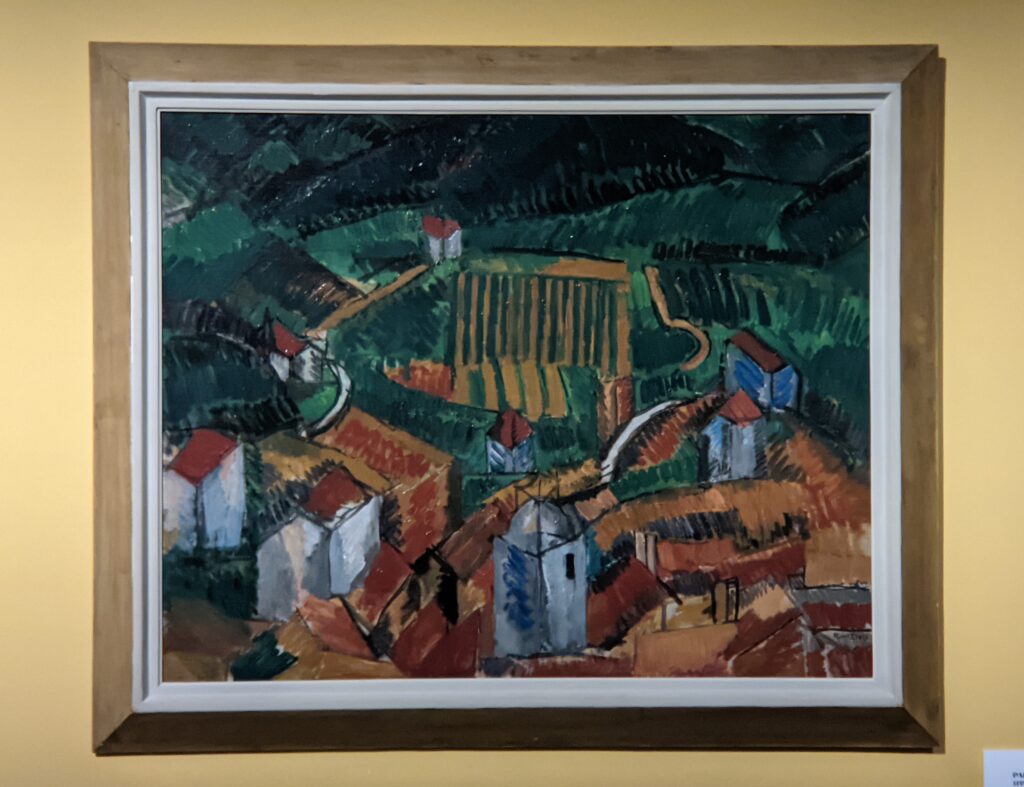

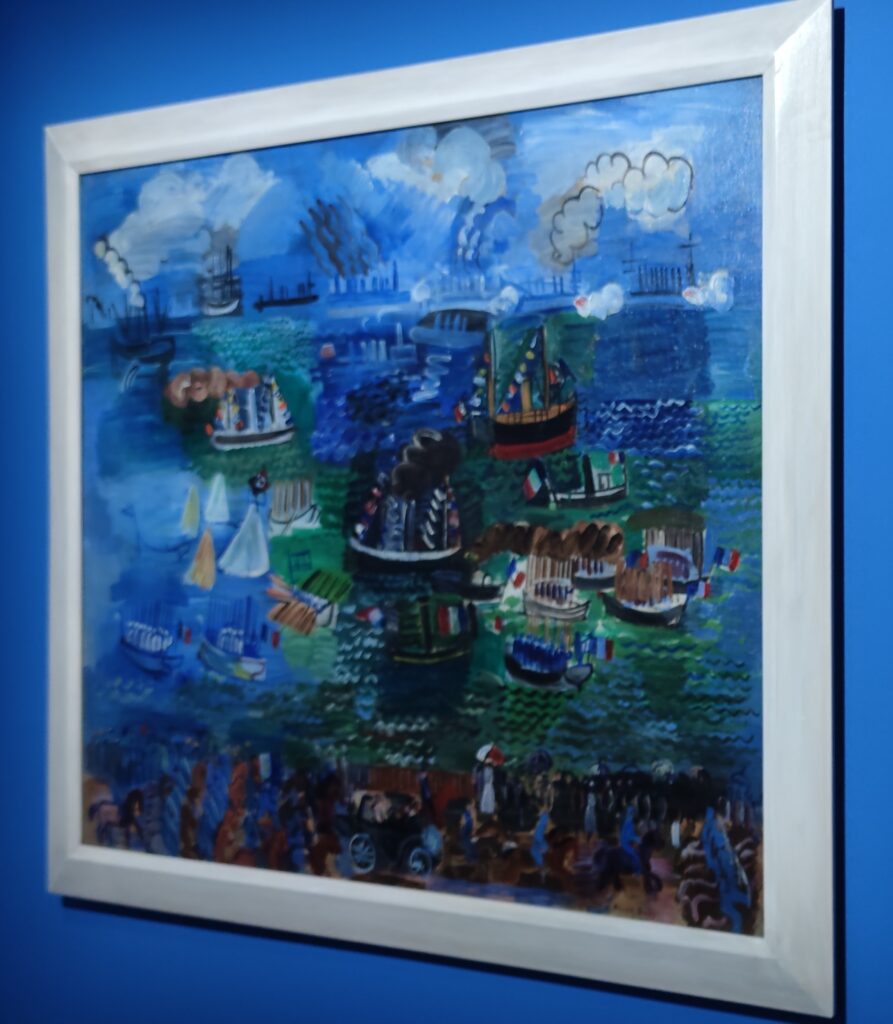
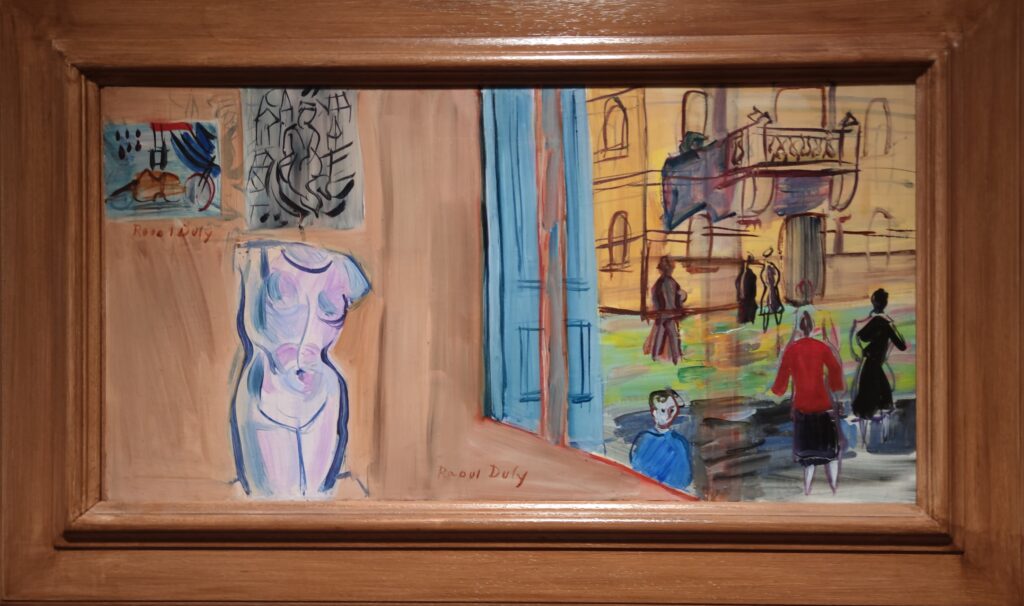

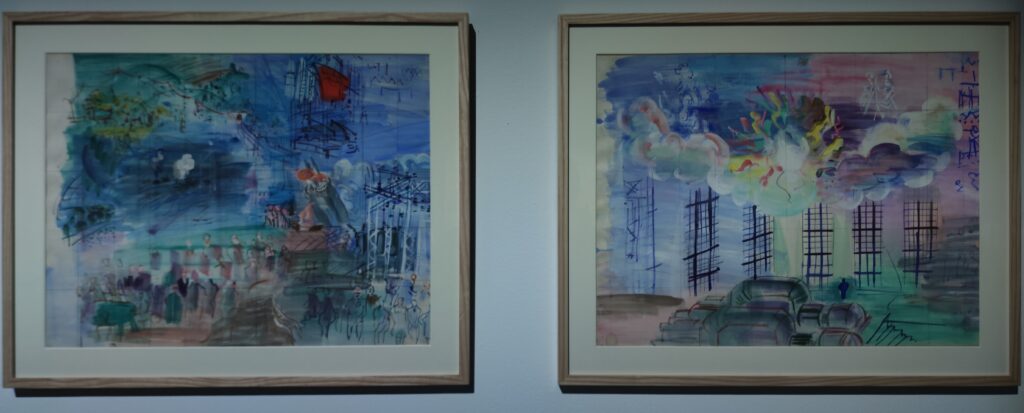
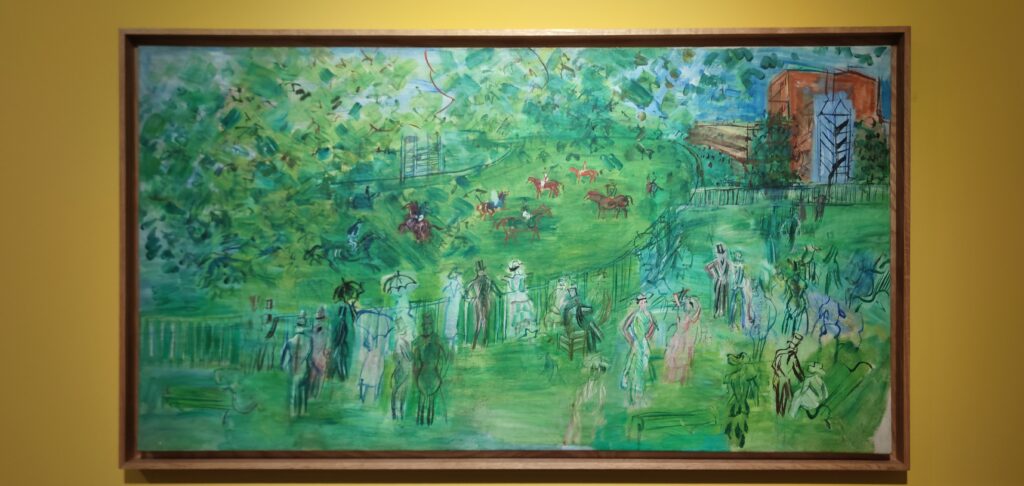
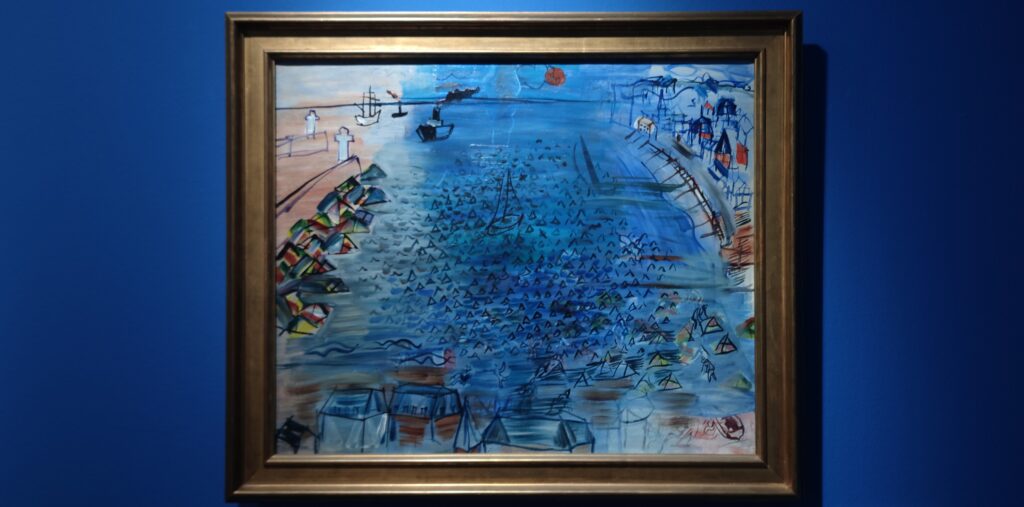
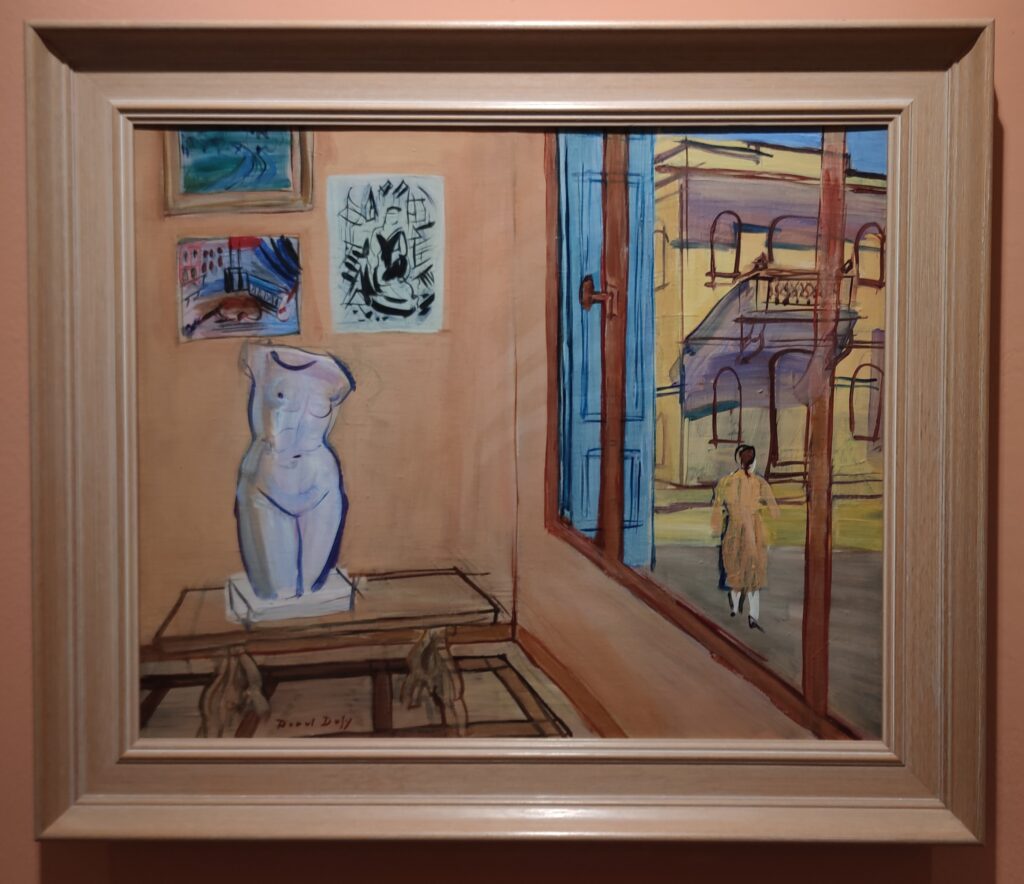
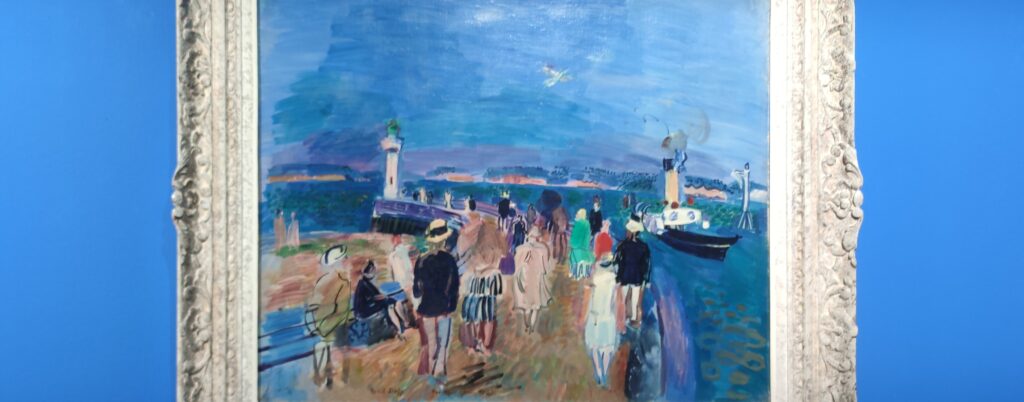
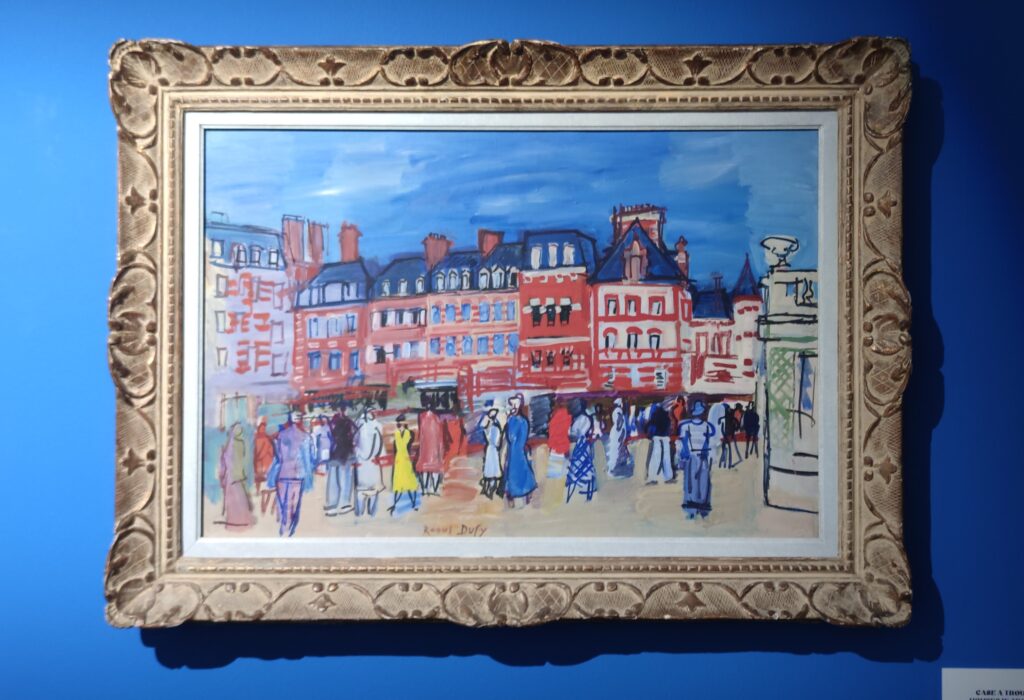

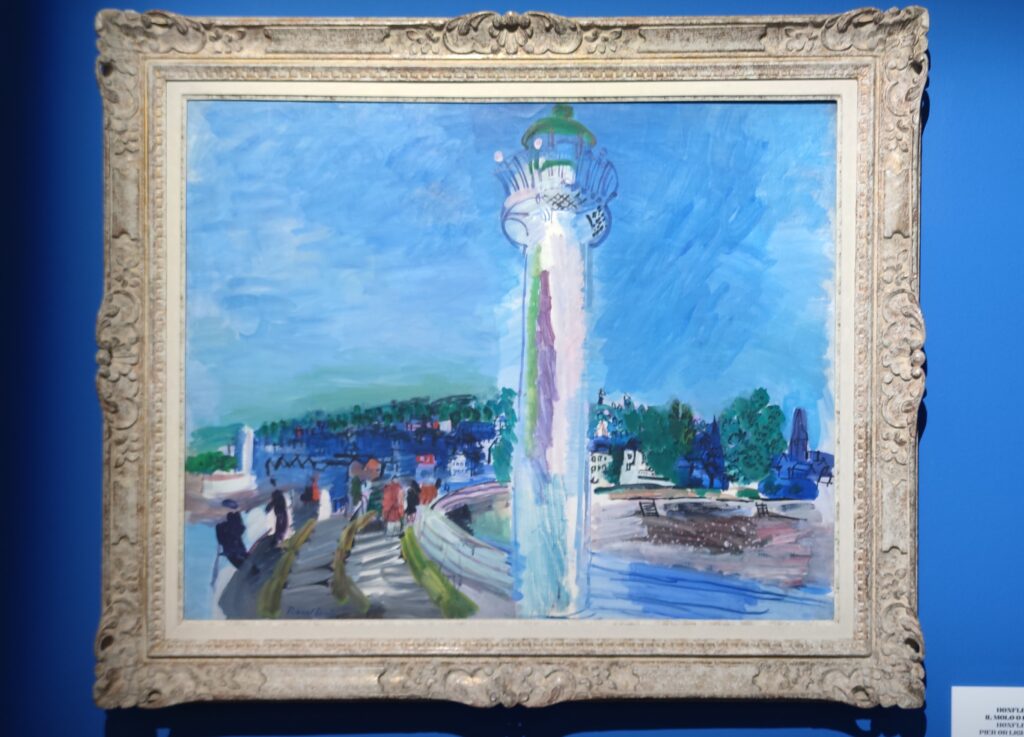

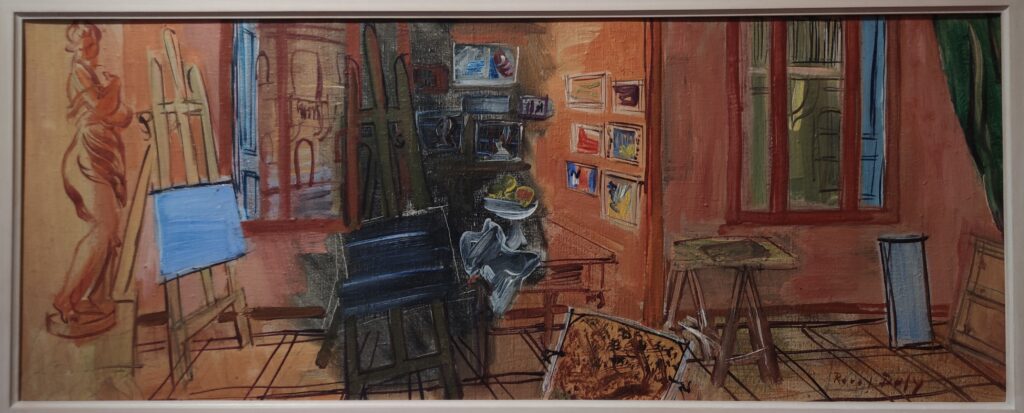
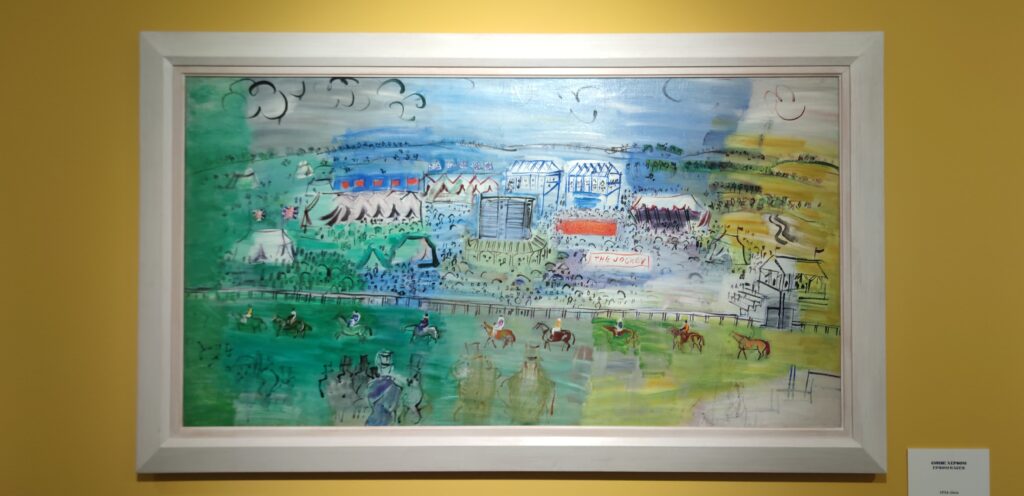
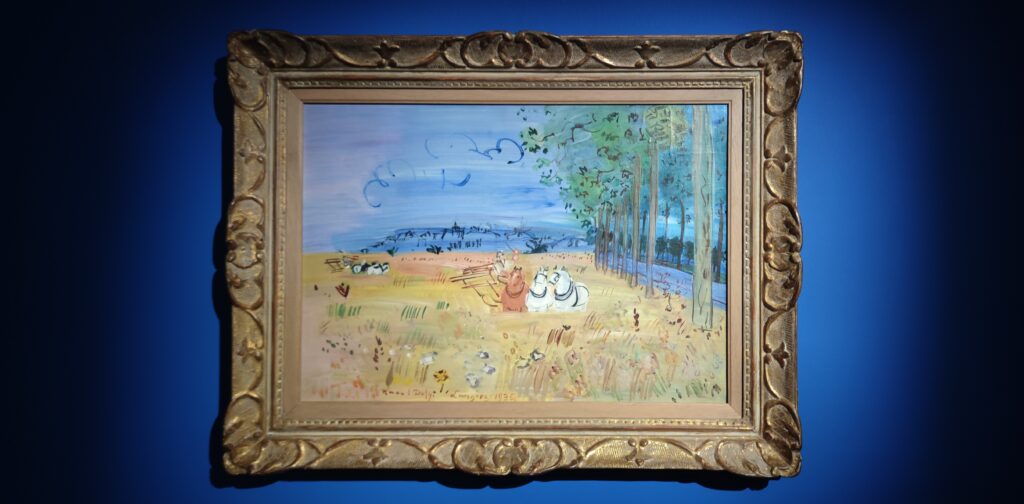
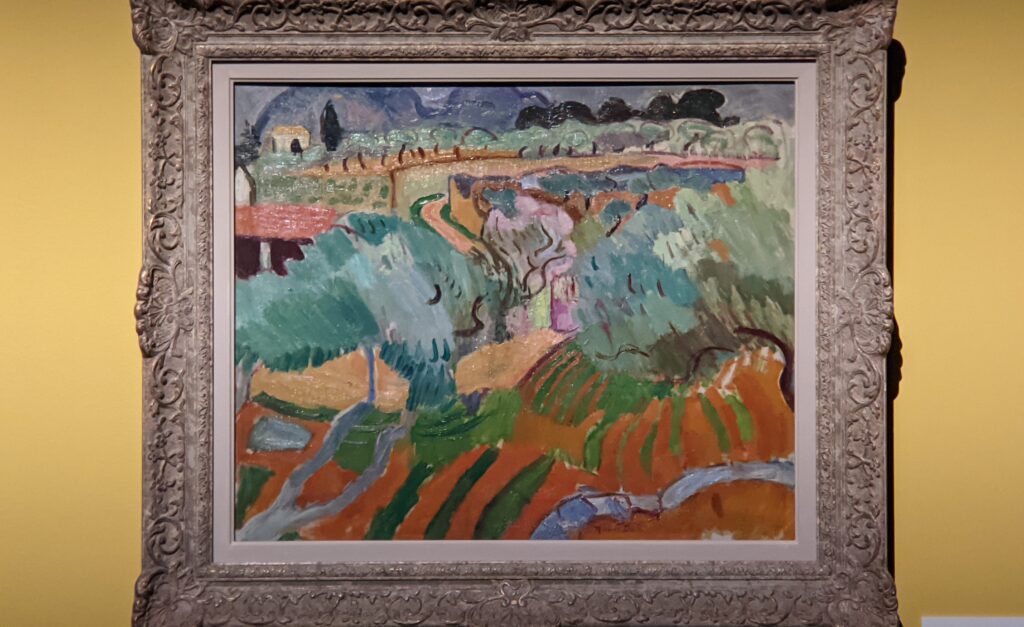
The Raoul Dufy Exhibit Closed in Rome on February 26, 2023

The Piazza del Popolo in Rome
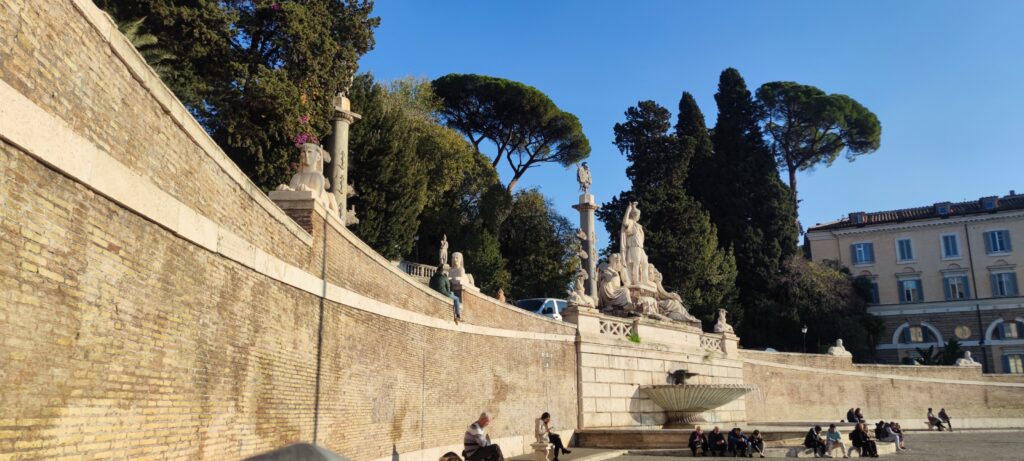
The length of the Via del Corso is no more than 1 mile (1.5 kilometers). At the north end of this ancient street, framed by two Baroque churches, you will enter the sunny Piazza del Popolo (above).
The Spanish Steps
As we headed north from the Van Gogh exhibition along the Via del Corso, to the east we passed the Trevi Fountain (completed in 1762) on our way toward the Spanish Steps, constructed between 1723 and 1725. In the Piazza di Spagna at the foot of the Spanish Steps, the fashionable Via dei Condotti is the street which boasts the largest number of Rome-based Italian fashion retailers.
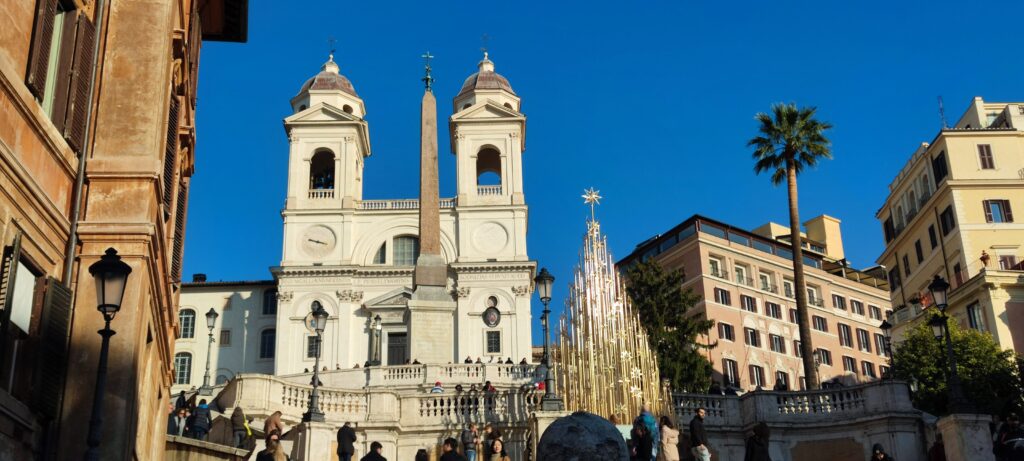
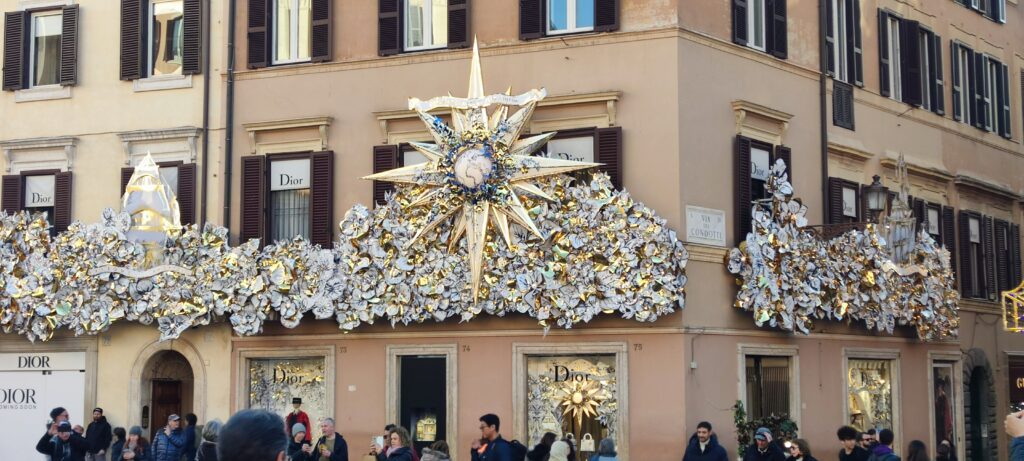
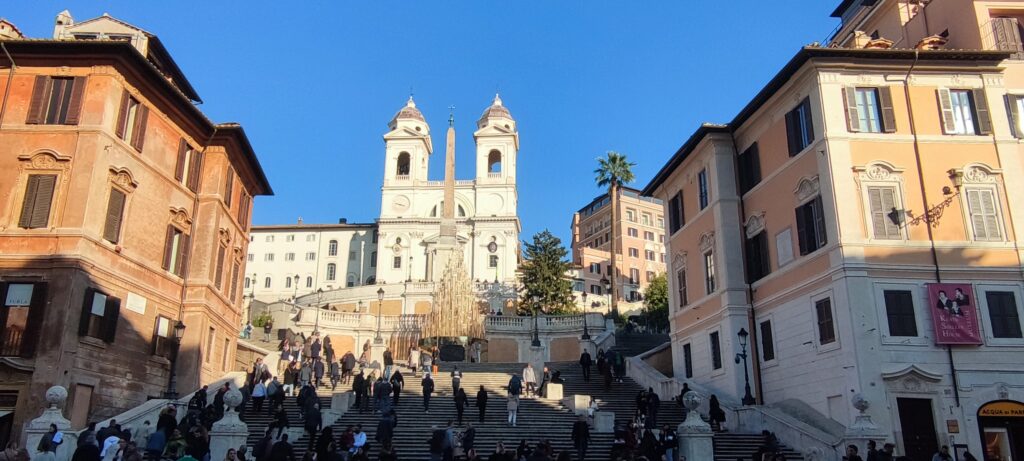

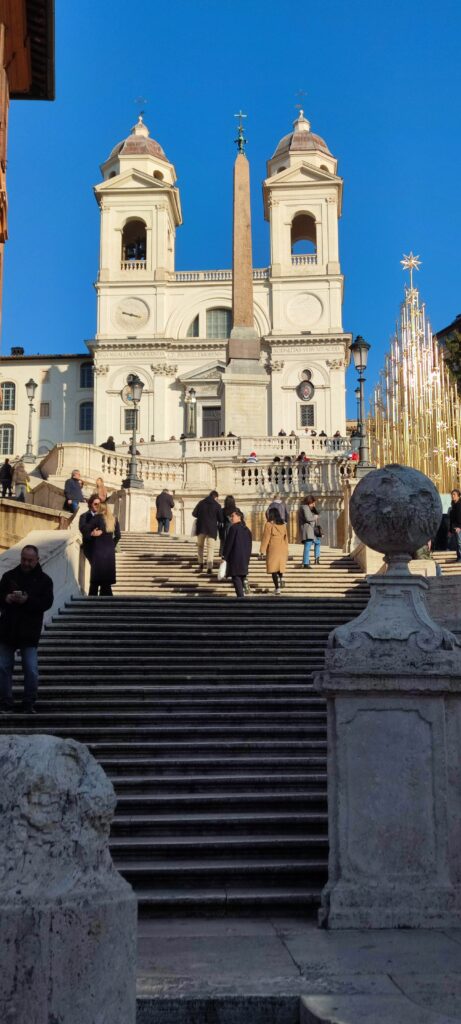
The Pantheon in Rome
While in Rome you will want to see the Colosseum and the Roman Forum, enjoy the Baroque Piazza Navona and St. Peter’s Basilica, and for art lovers visit the Galleria Borghese and perhaps explore the area around the Piazza del Campidoglio. To the west of Via del Corso, there is one sight in Rome you certainly do not want to miss: the Pantheon!
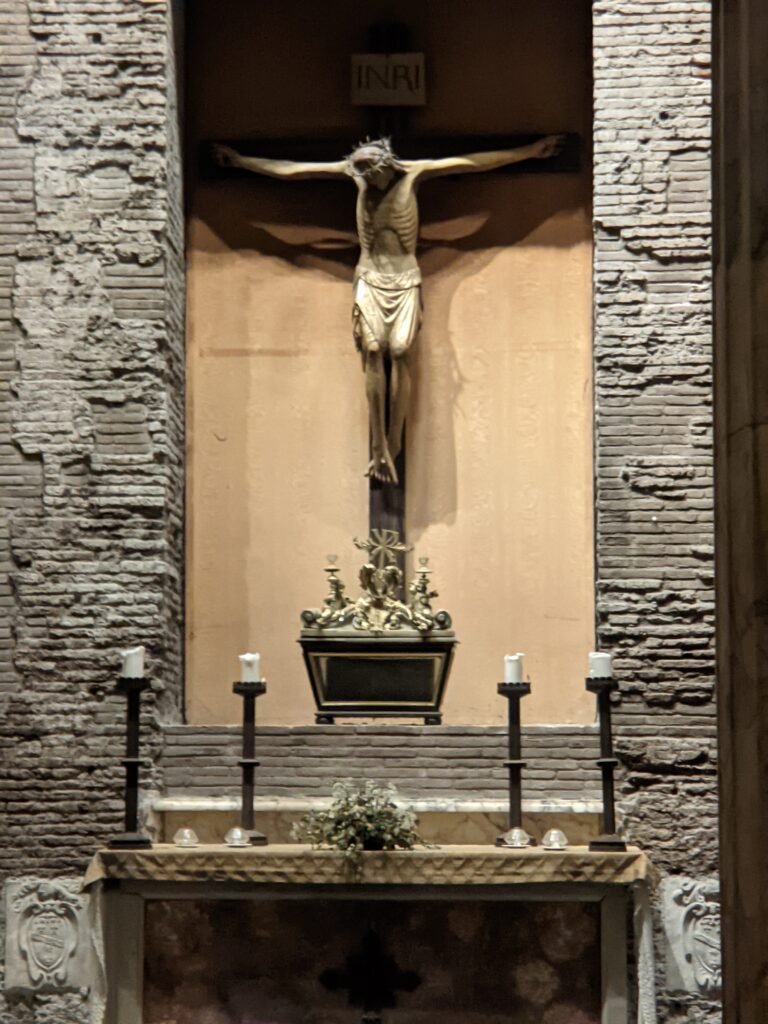
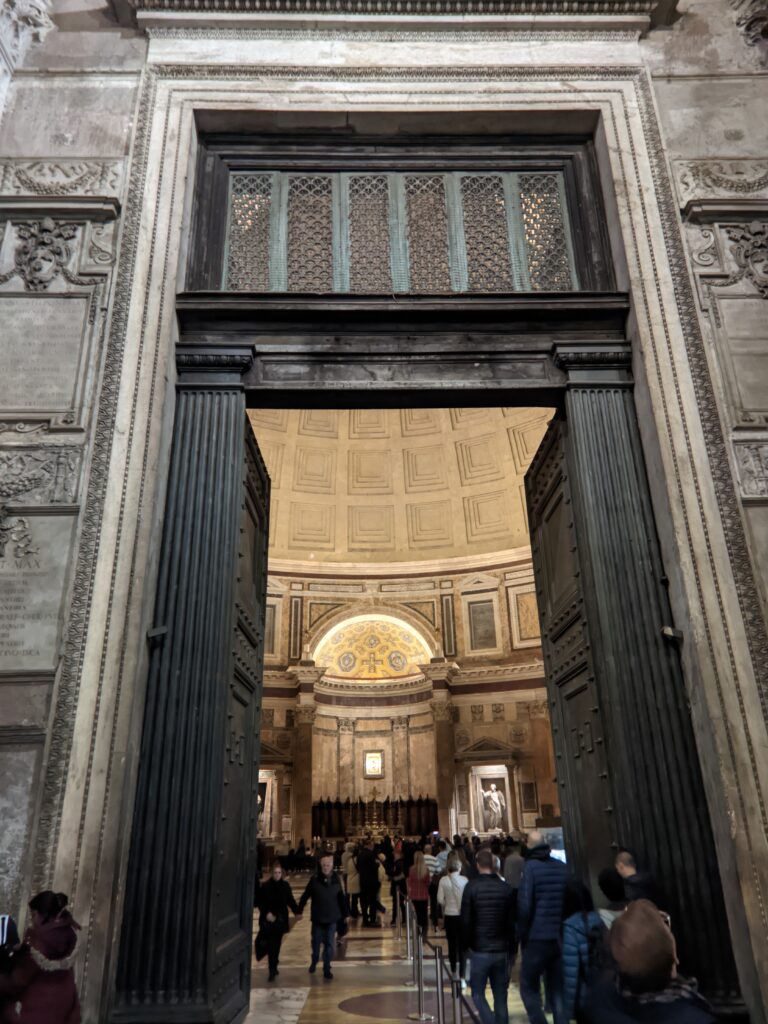
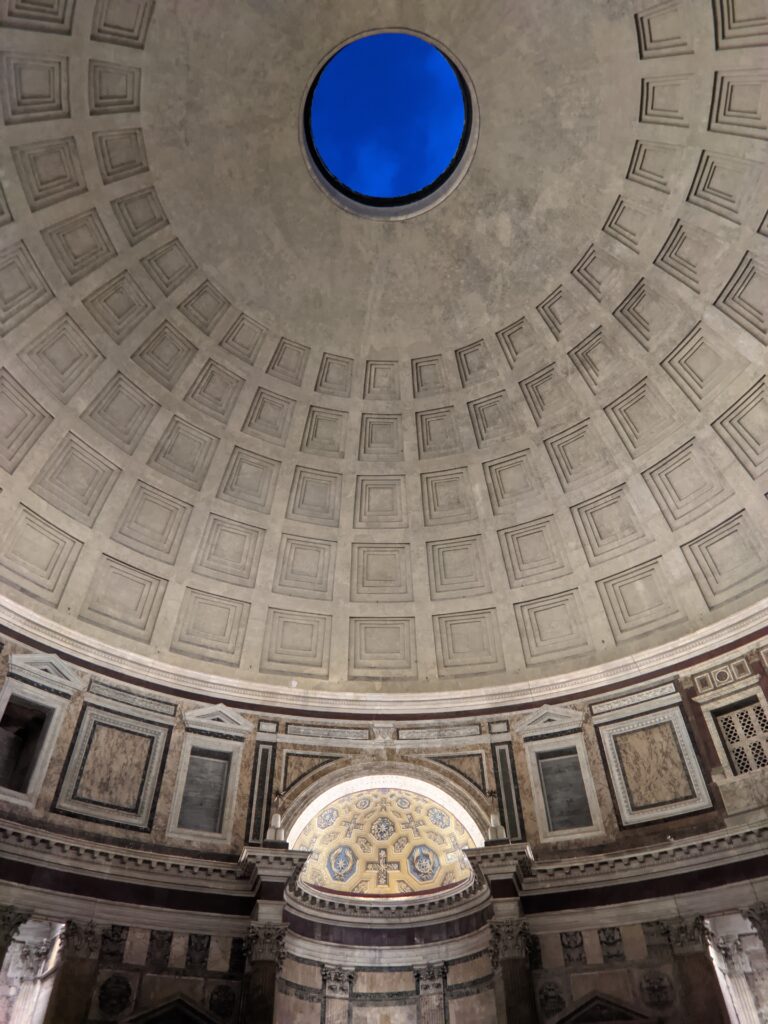
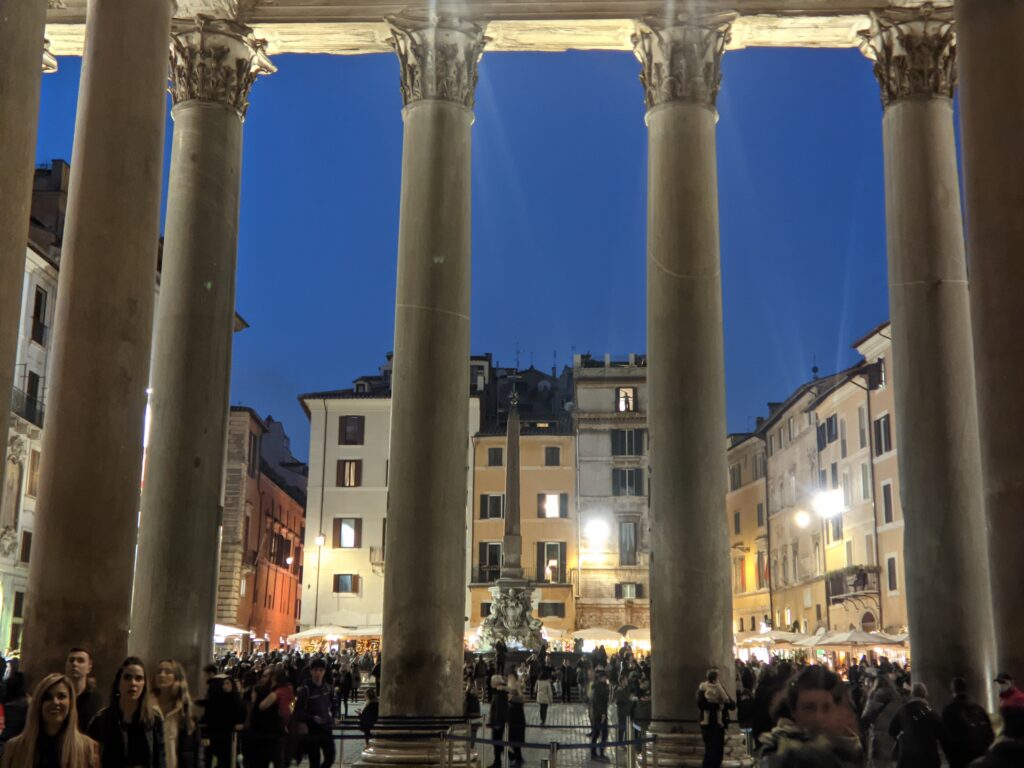
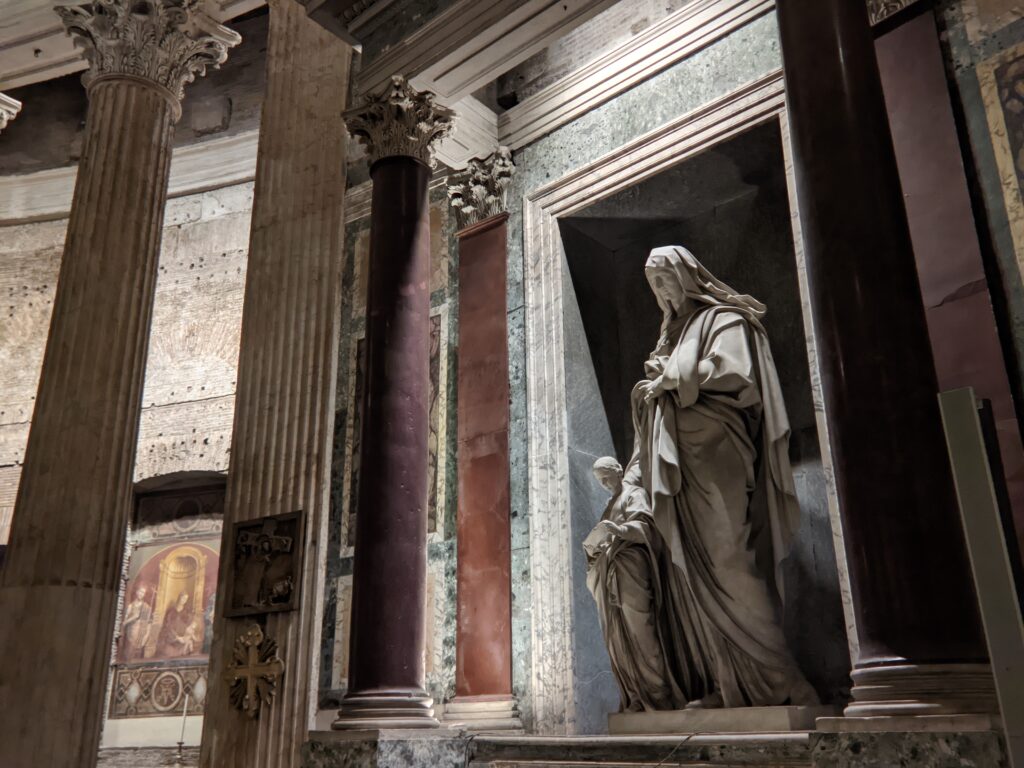
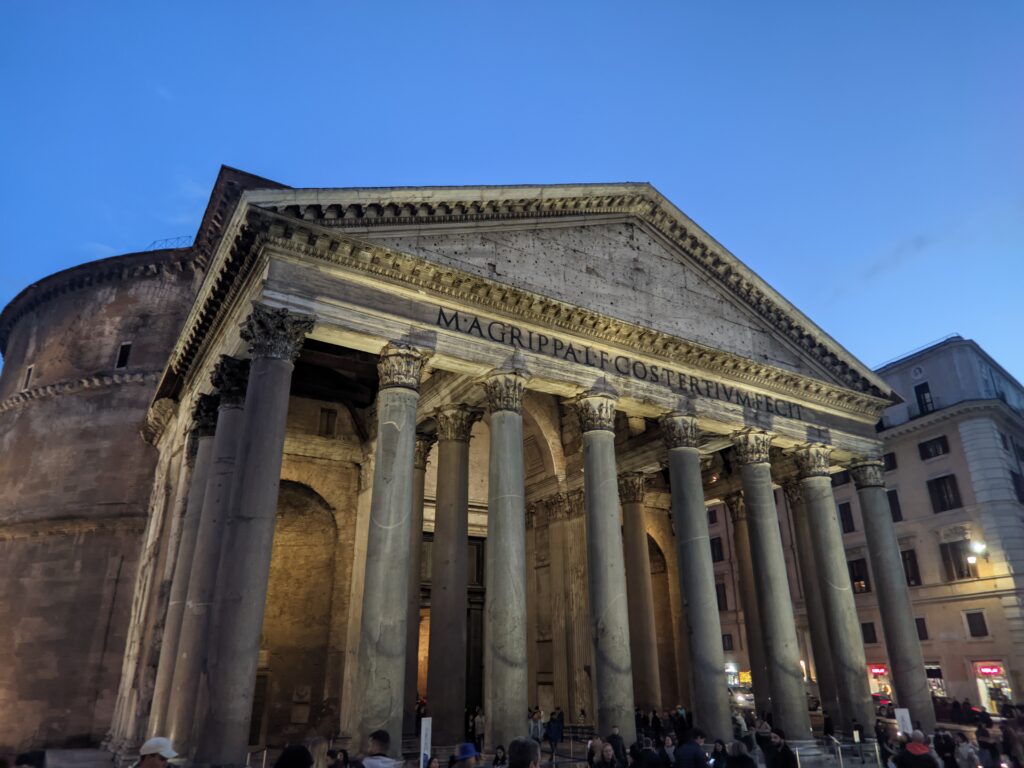
Please feel free to share your opinions about Vincent van Gogh, Raoul Dufy and Rome with our readers. While the capital city of Italy with almost 3,000,000 residents is certainly a challenging tourist destination, we have tried to make it easy for you. All of the sights we have shown you in this article, from the Vittoriano Monument to the Piazza del Popolo with small detours to appreciate the Spanish Steps, Trevi Fountain and the Pantheon (plus art exhibitions at the Palazzo Bonaparte and Palazzo Cipolla), can be enjoyed leisurely on foot in one day.
If you wish to learn more about Vincent van Gogh, we welcome you to read our article entitled “Van Gogh — Vincent’s Influence in Germany” and for a wonderful exhibition held at the Palazzo Bonaparte in 2019-20 please review our article “Impressionist Art from Private Collections in Rome“.
Thank you for spending time with us.




